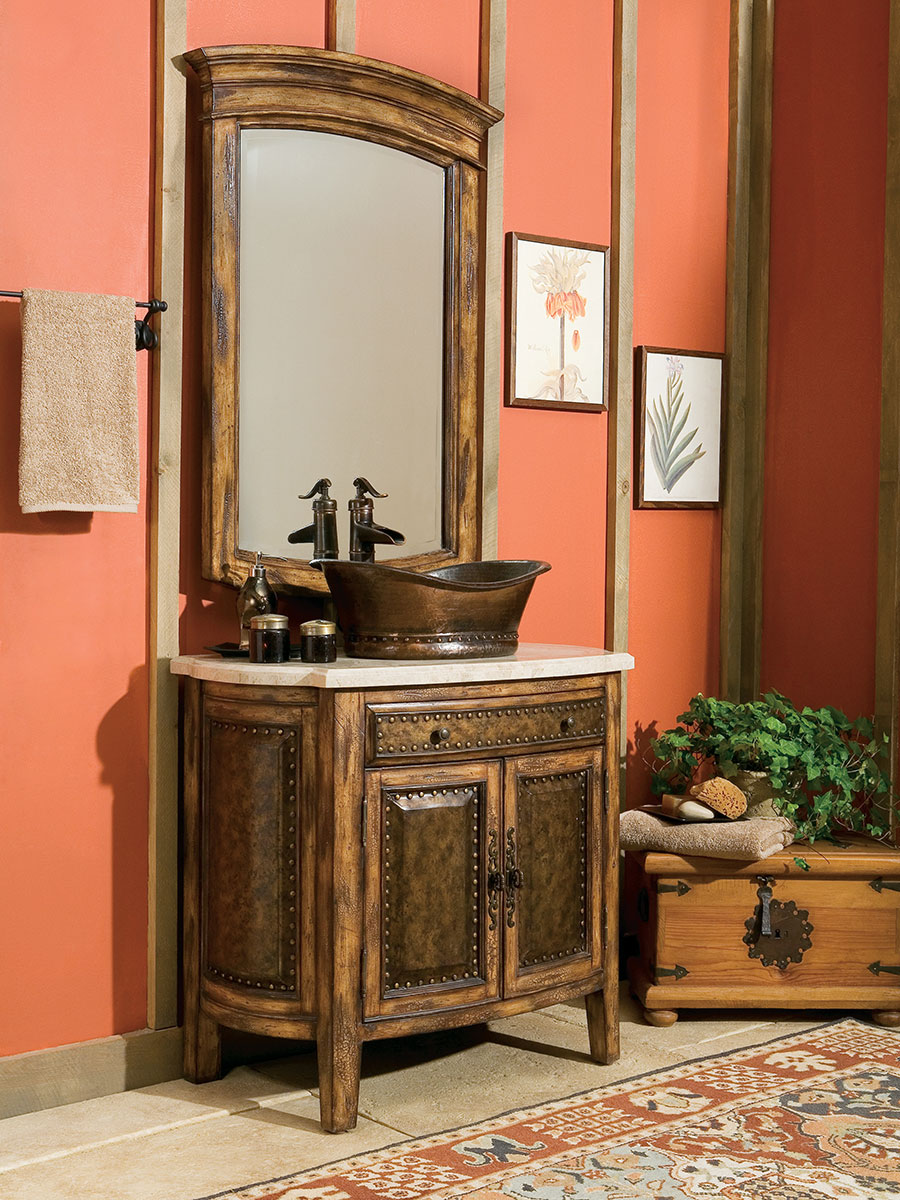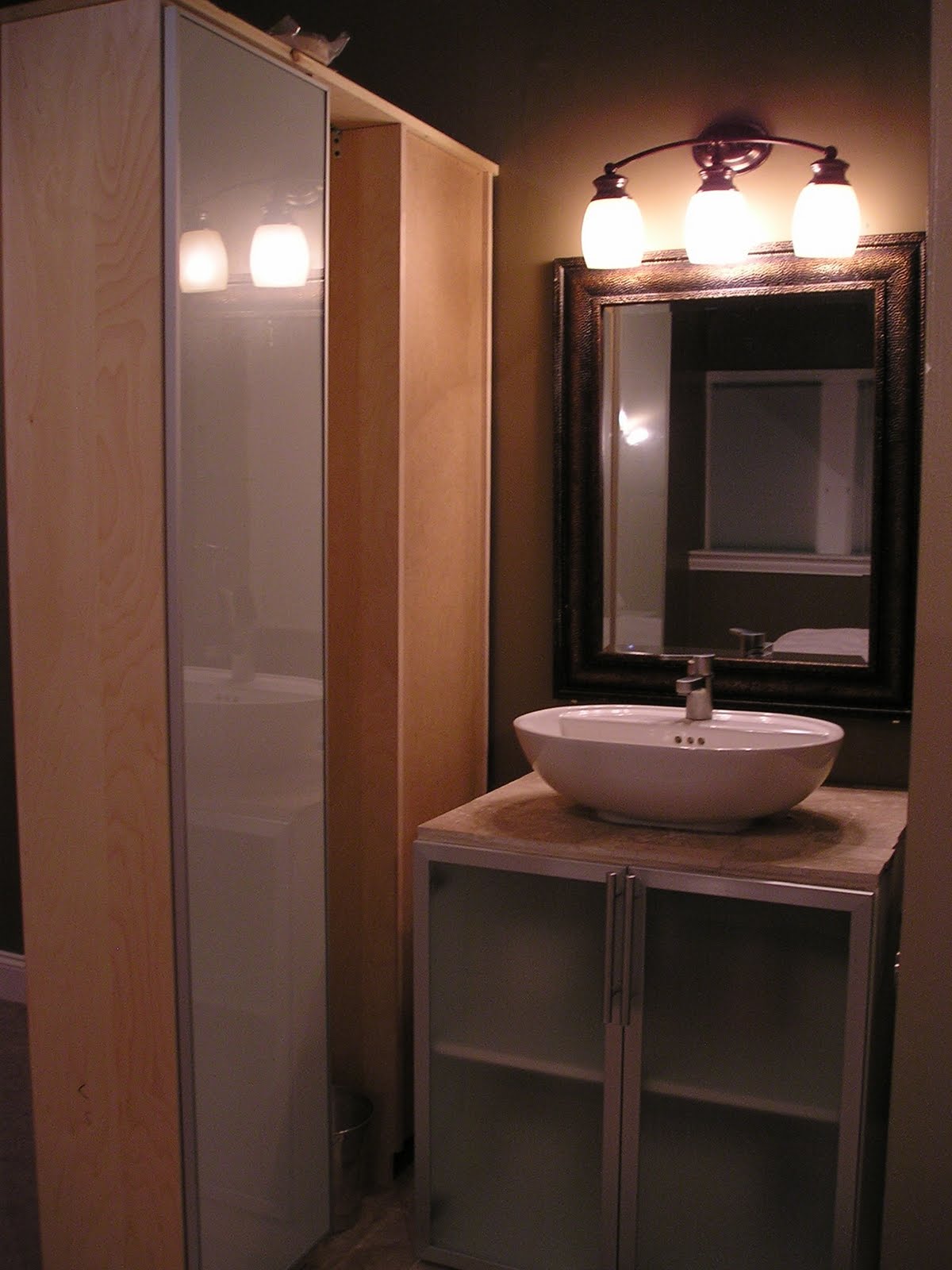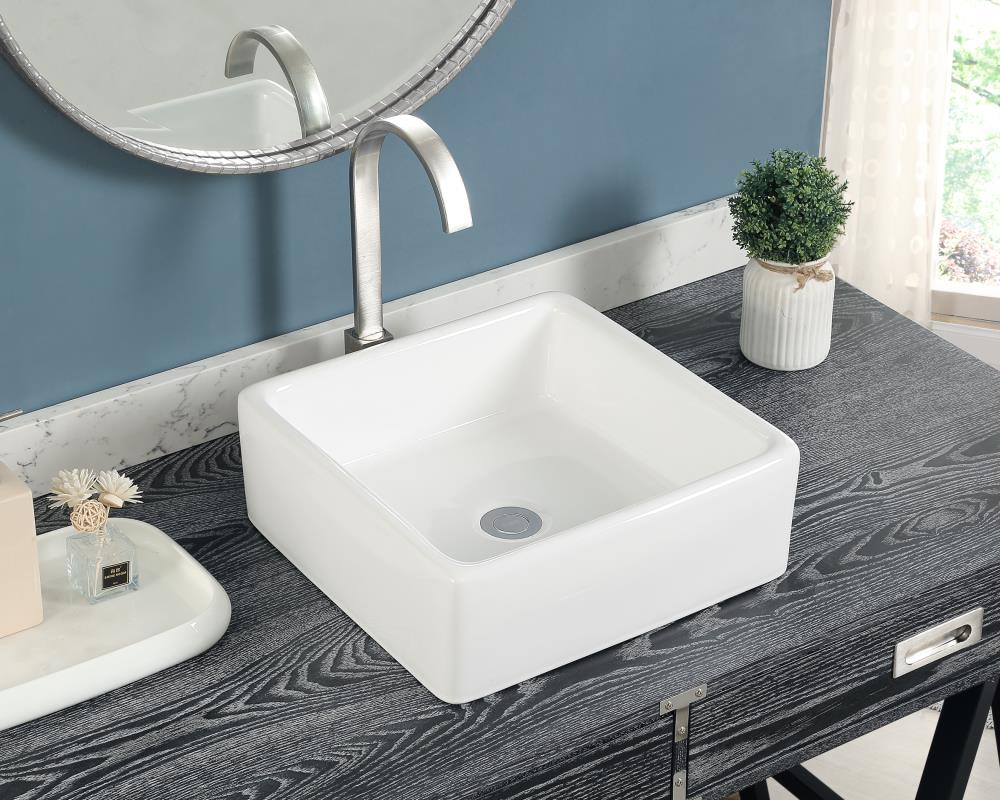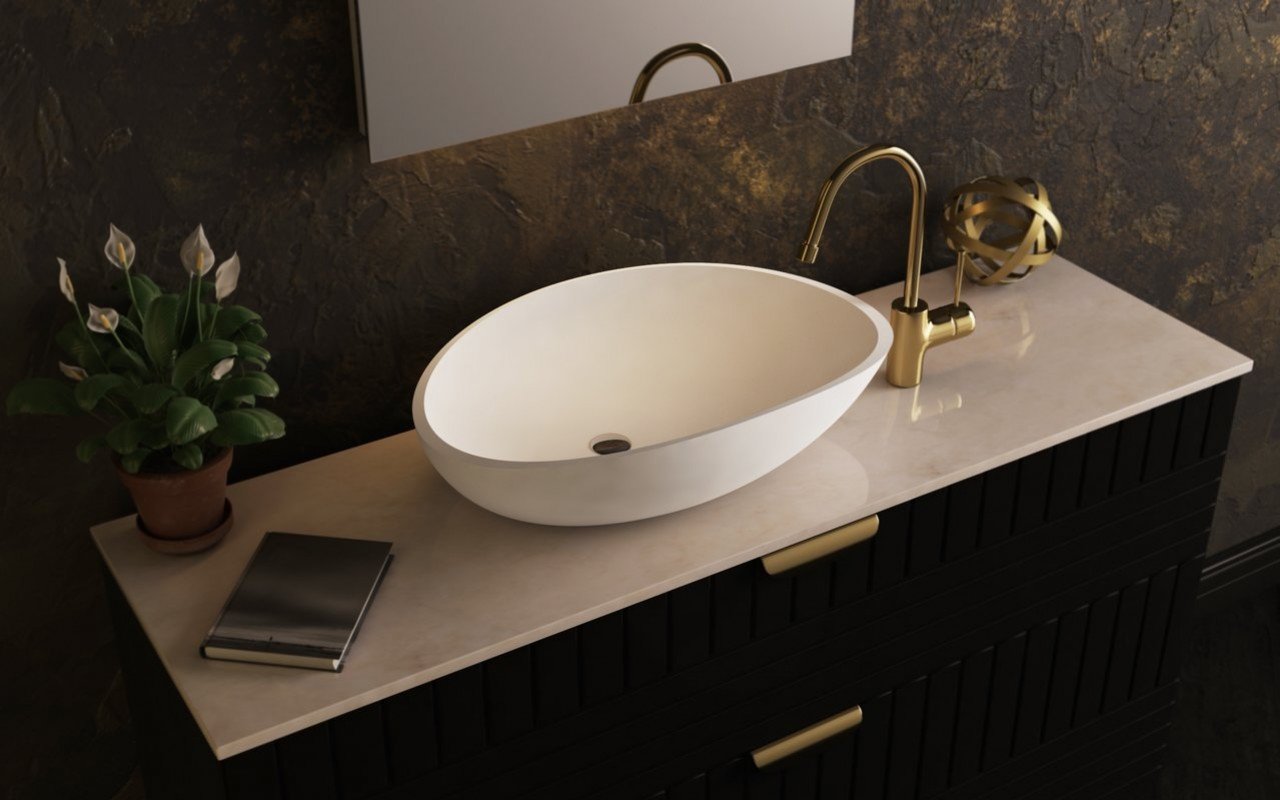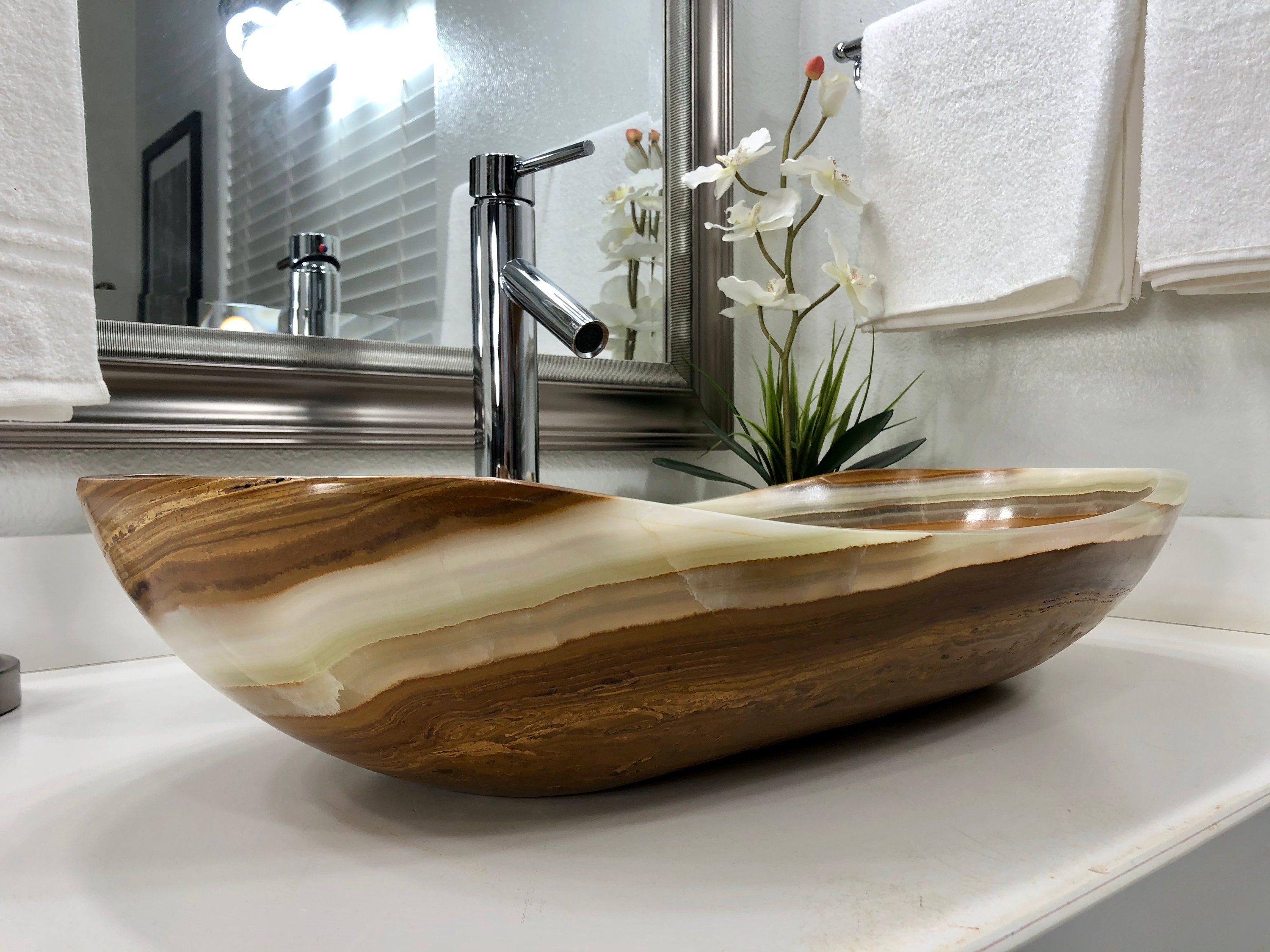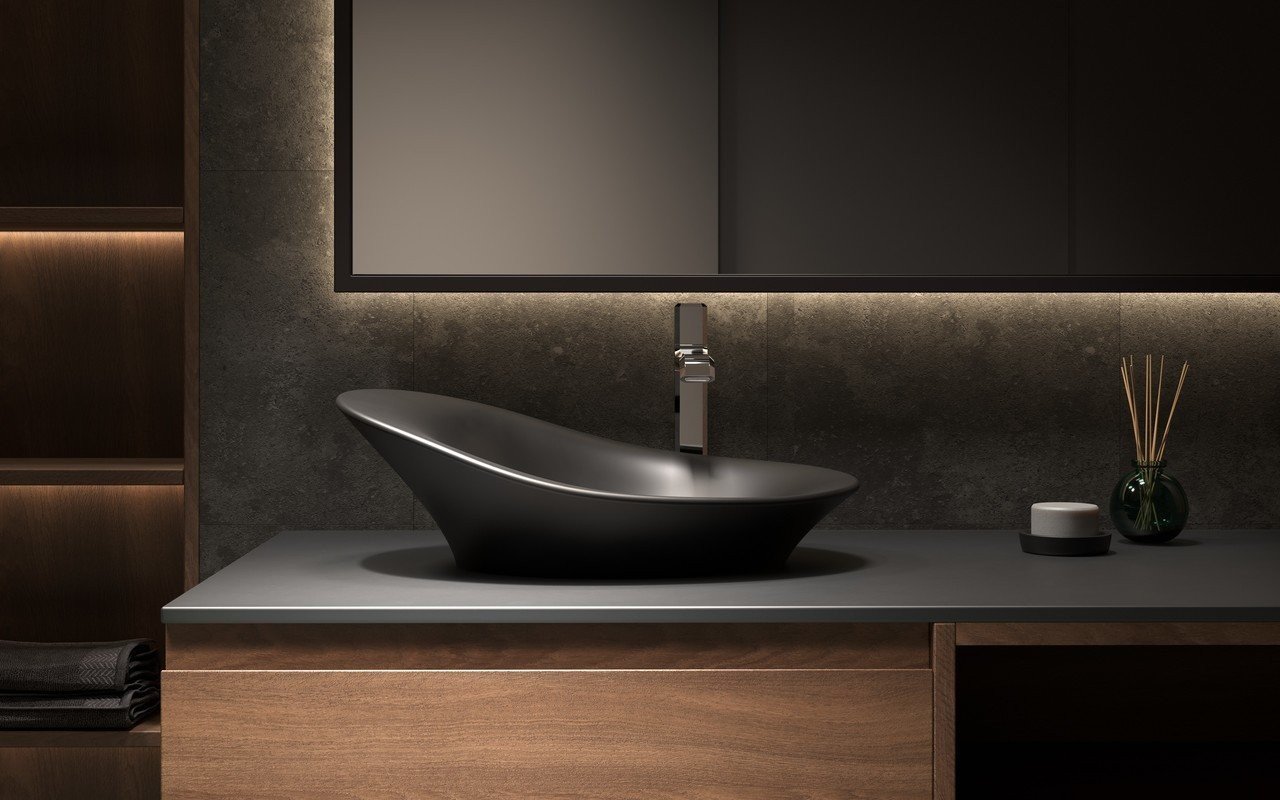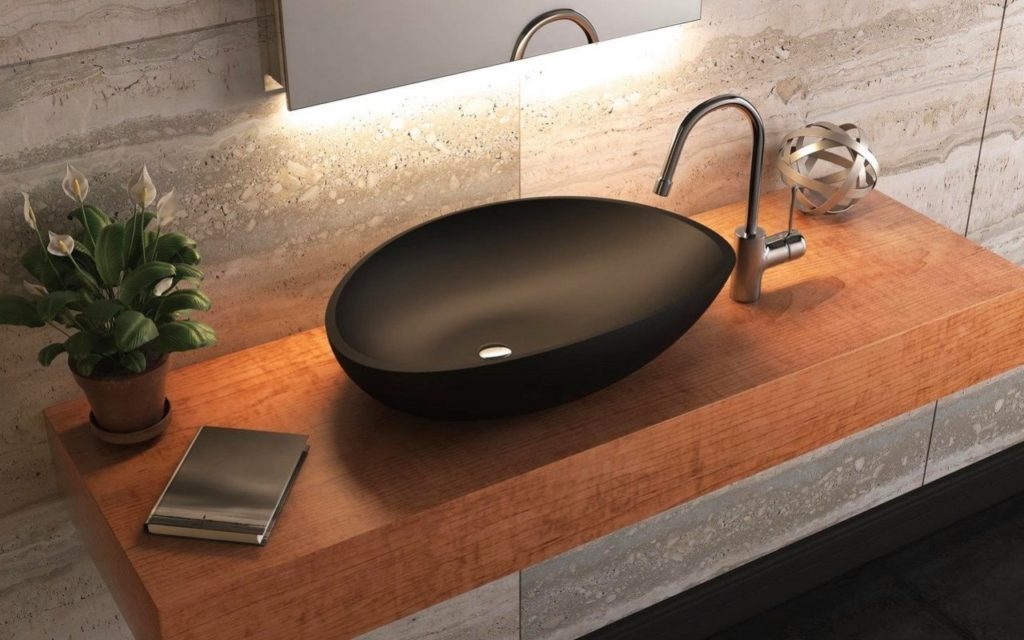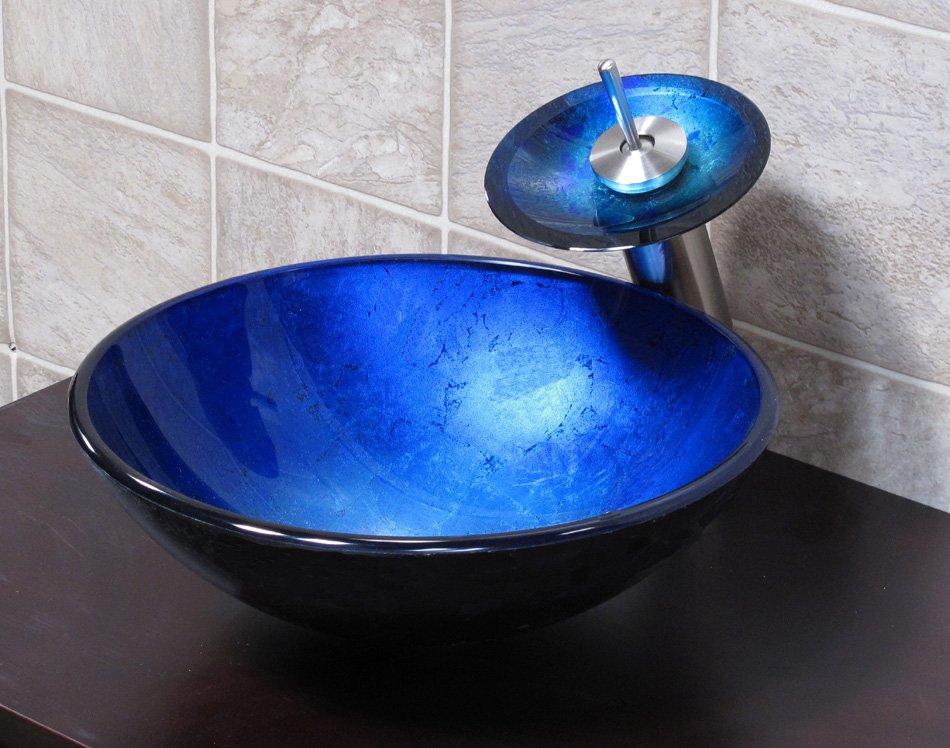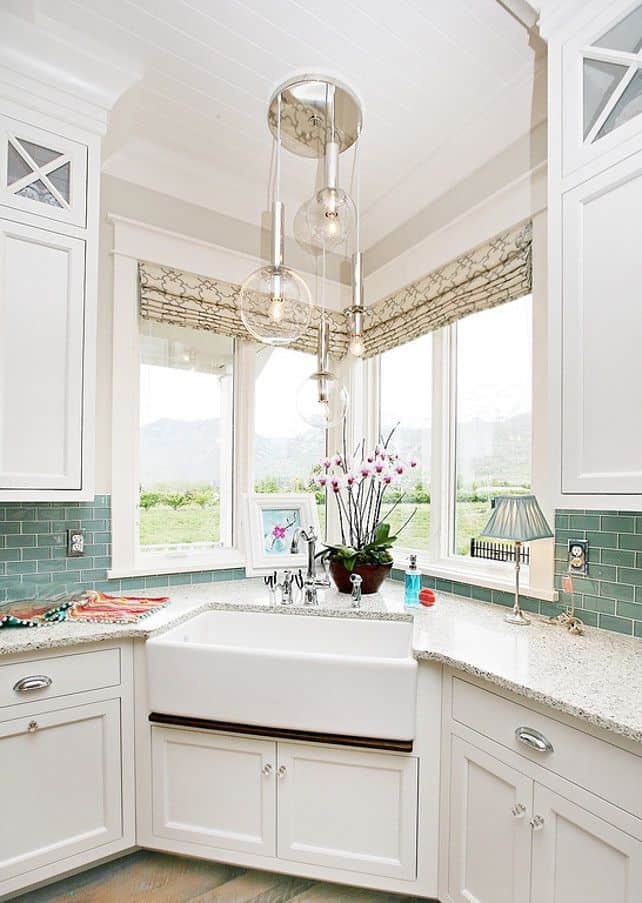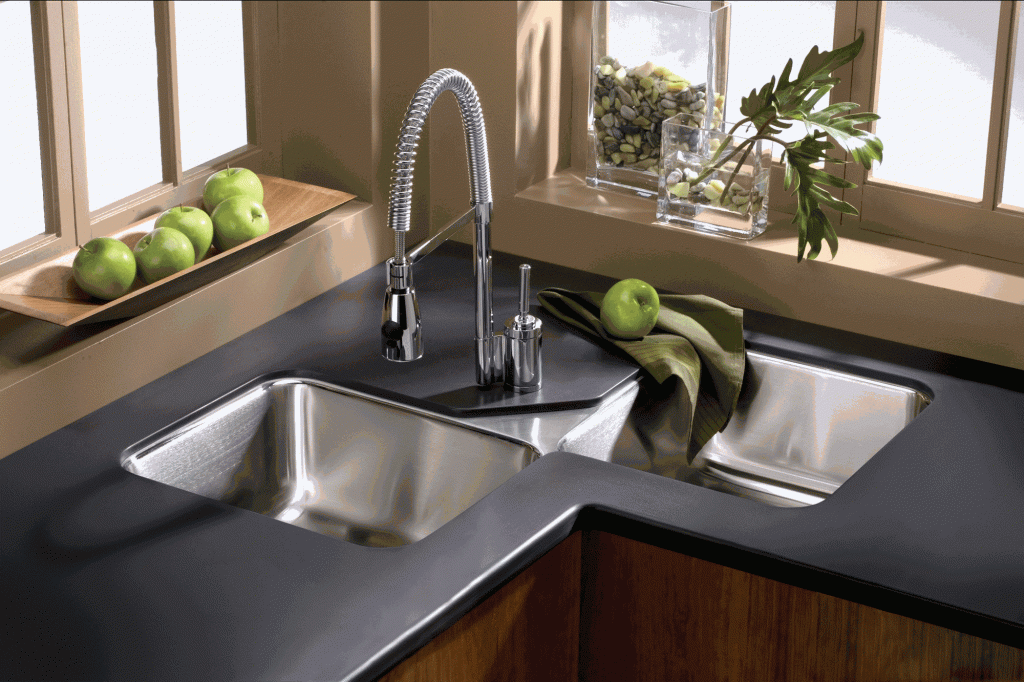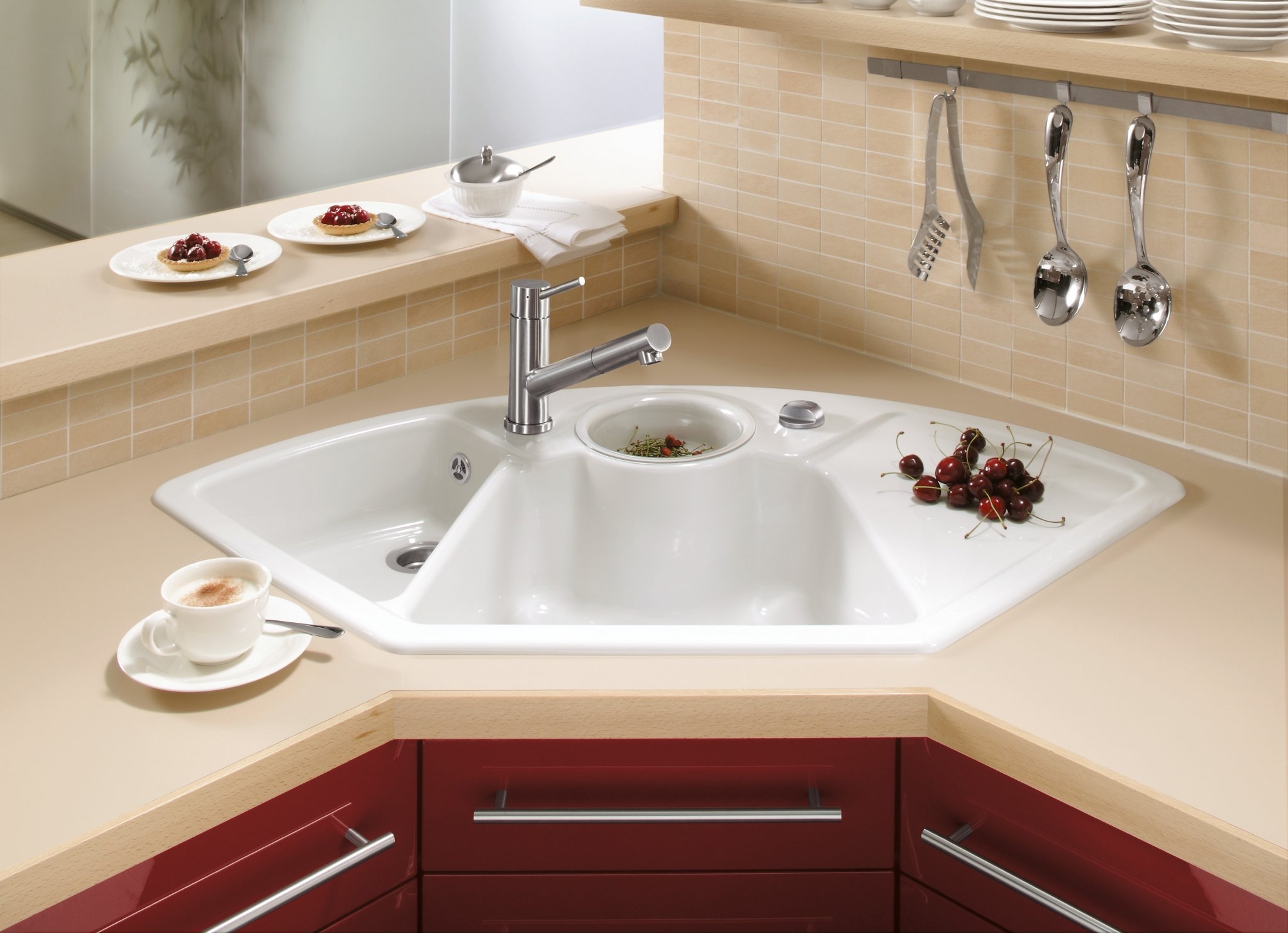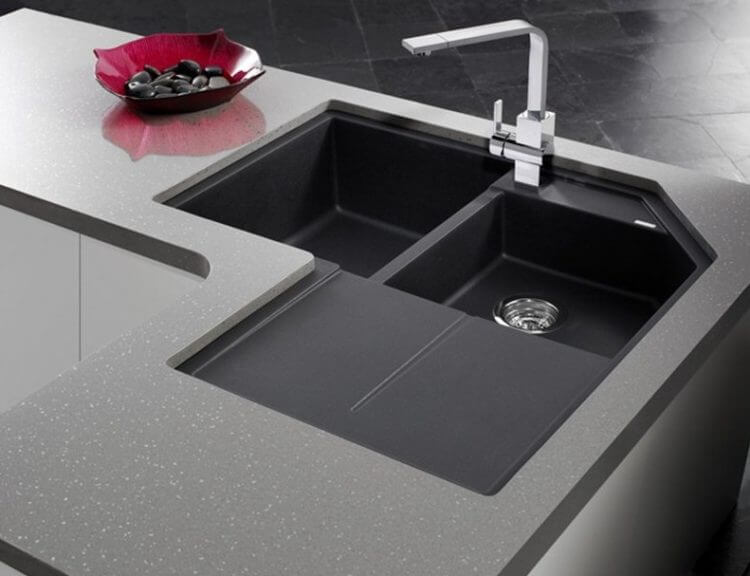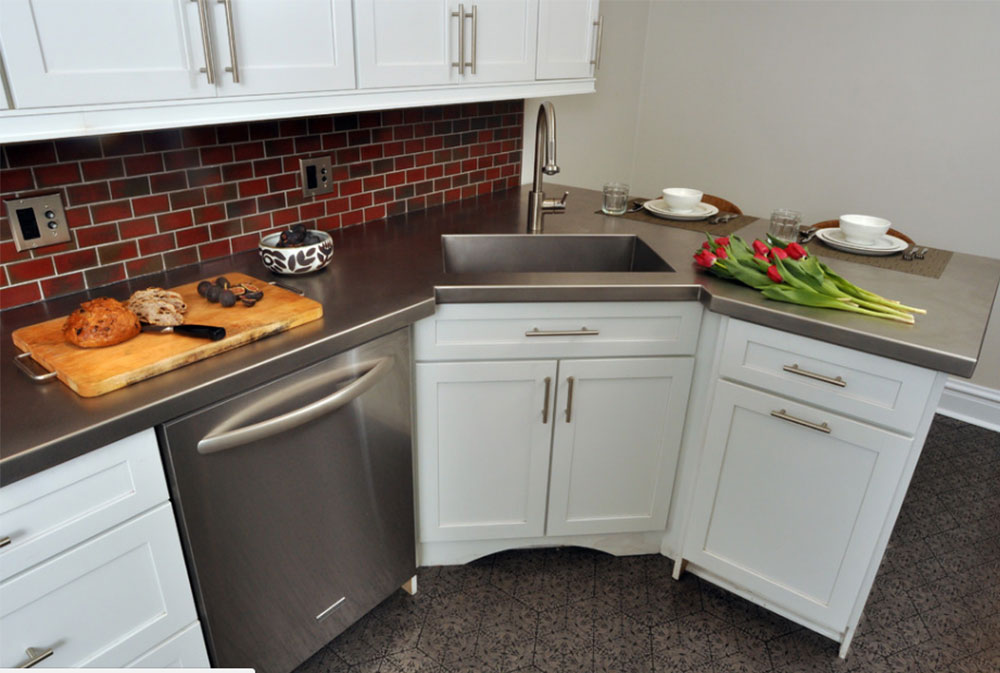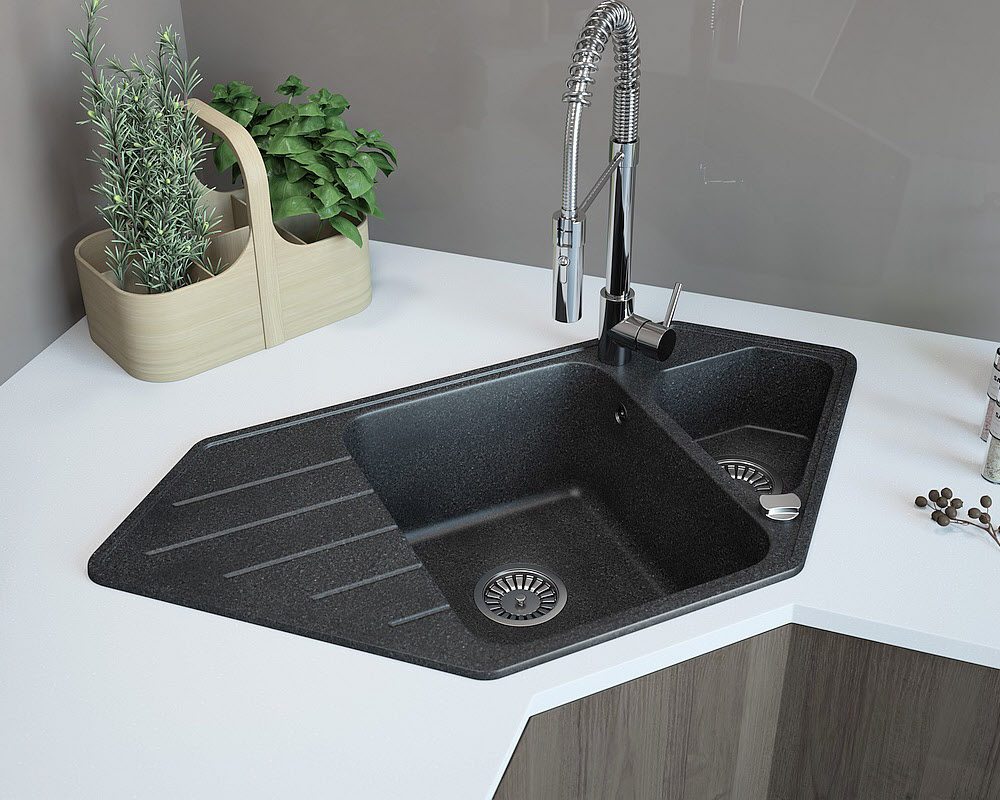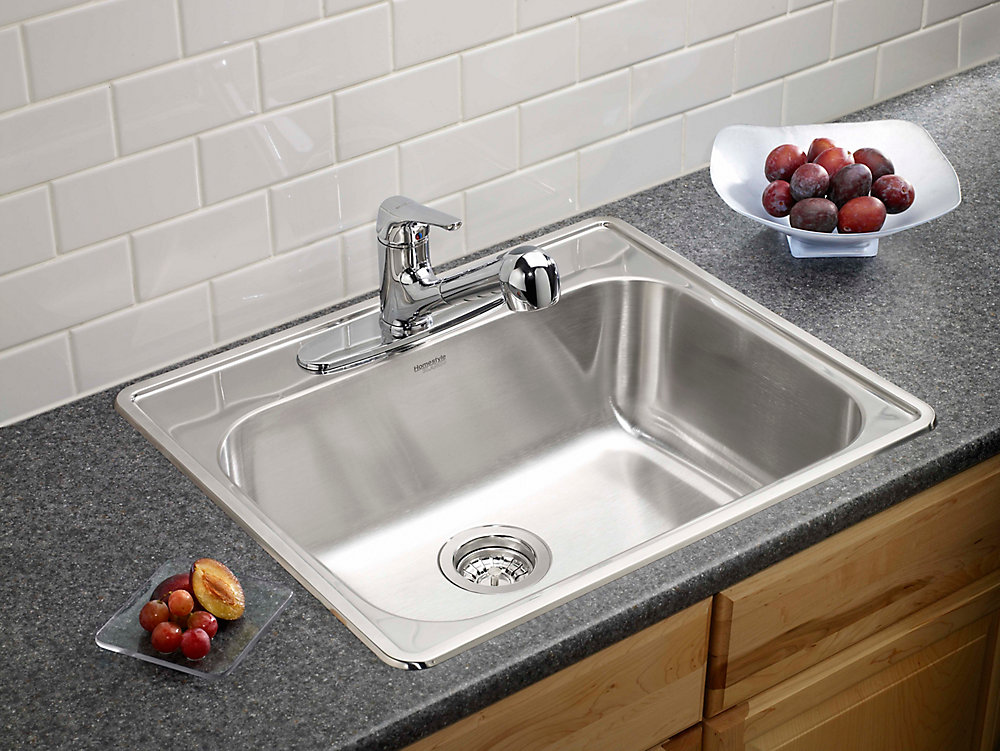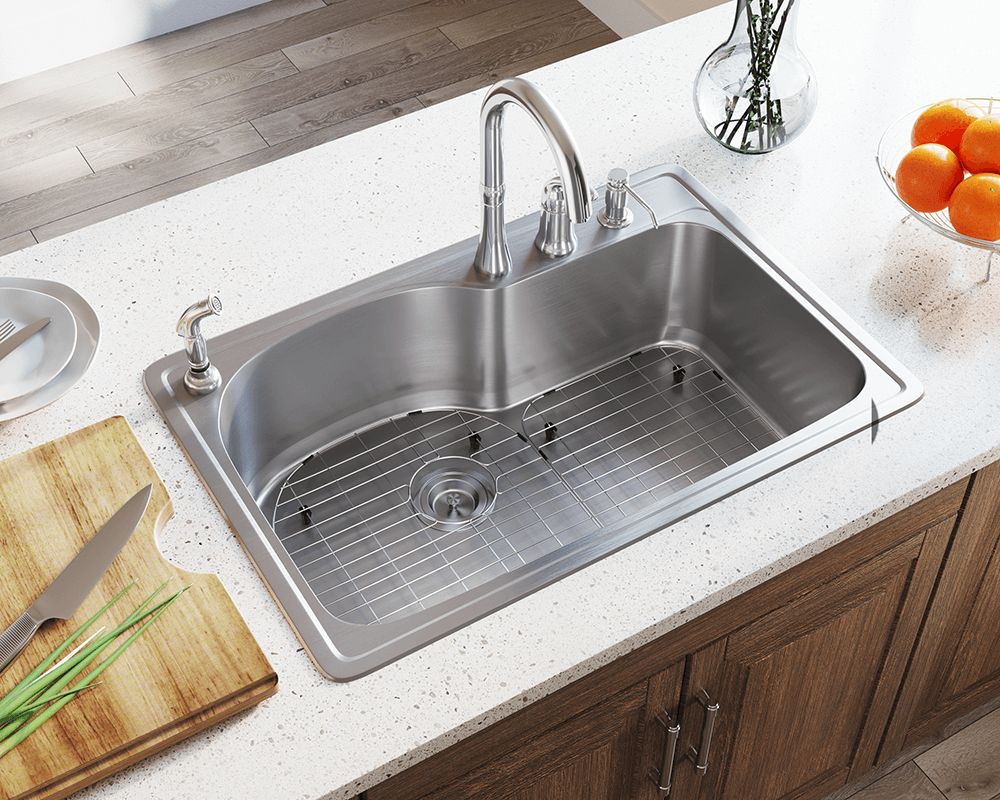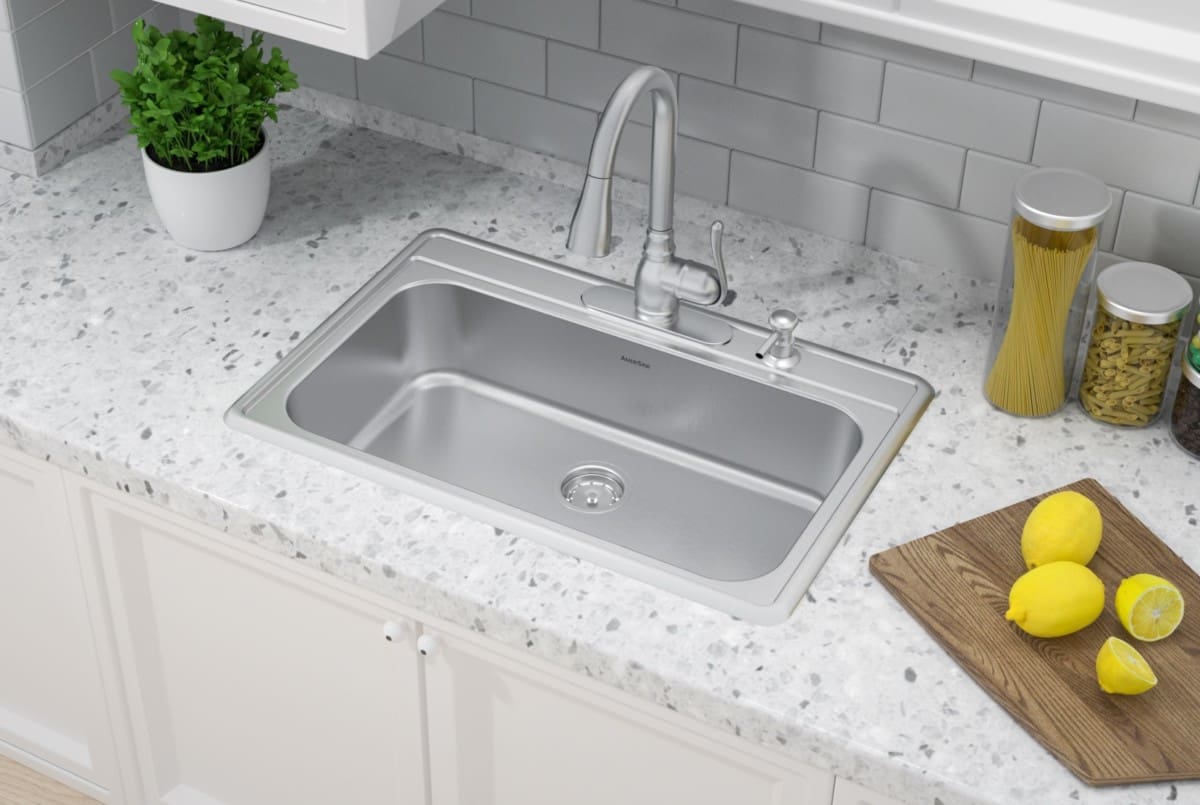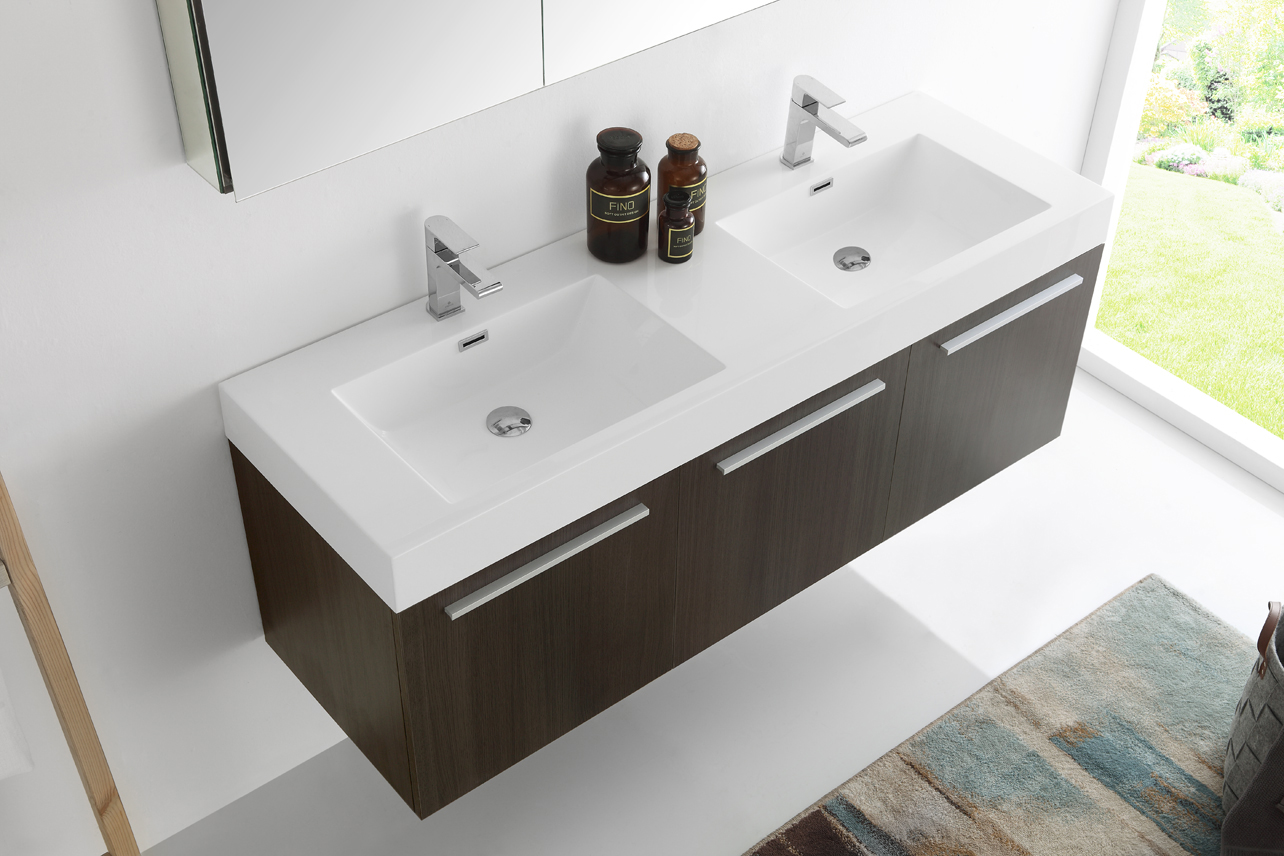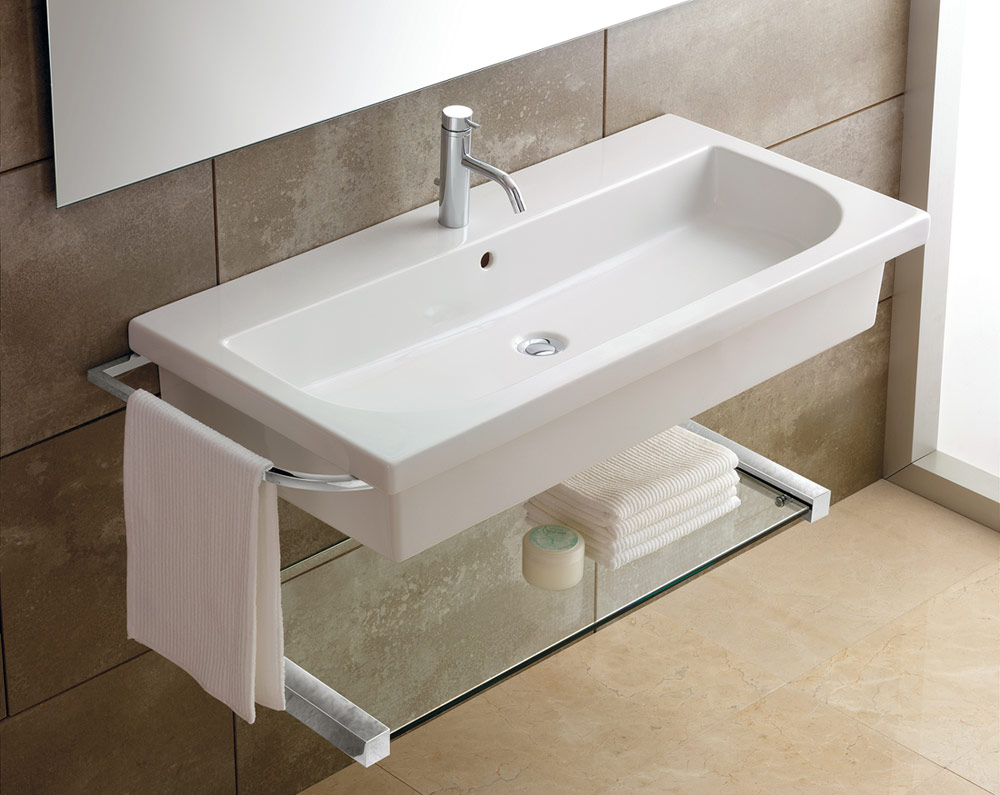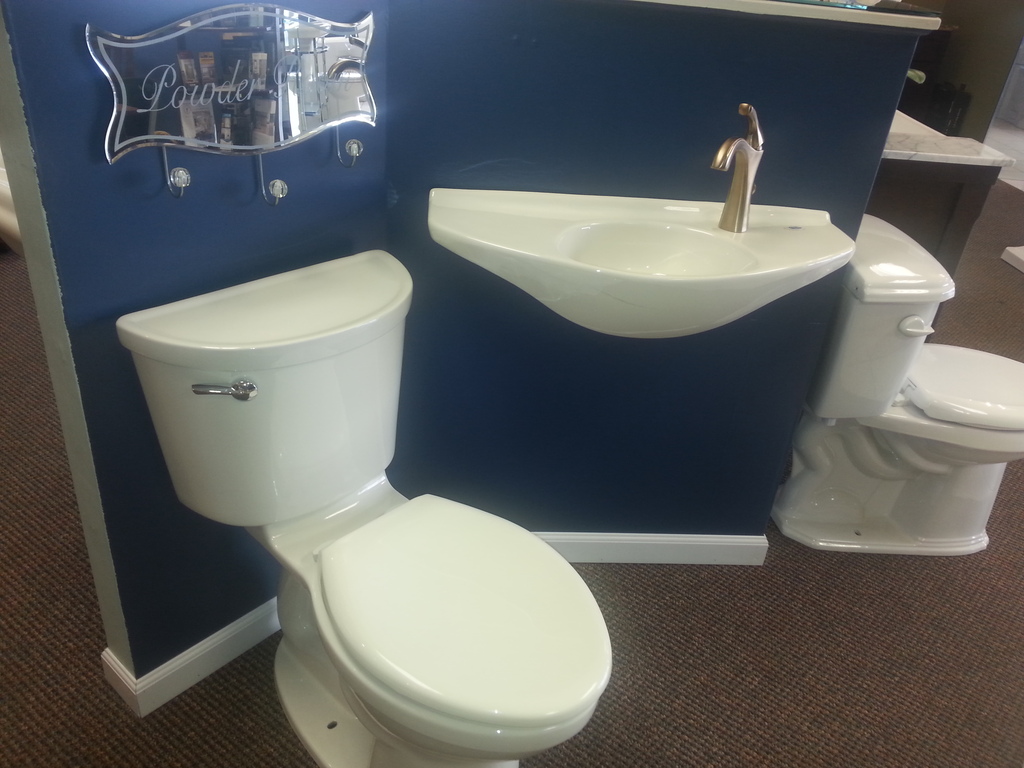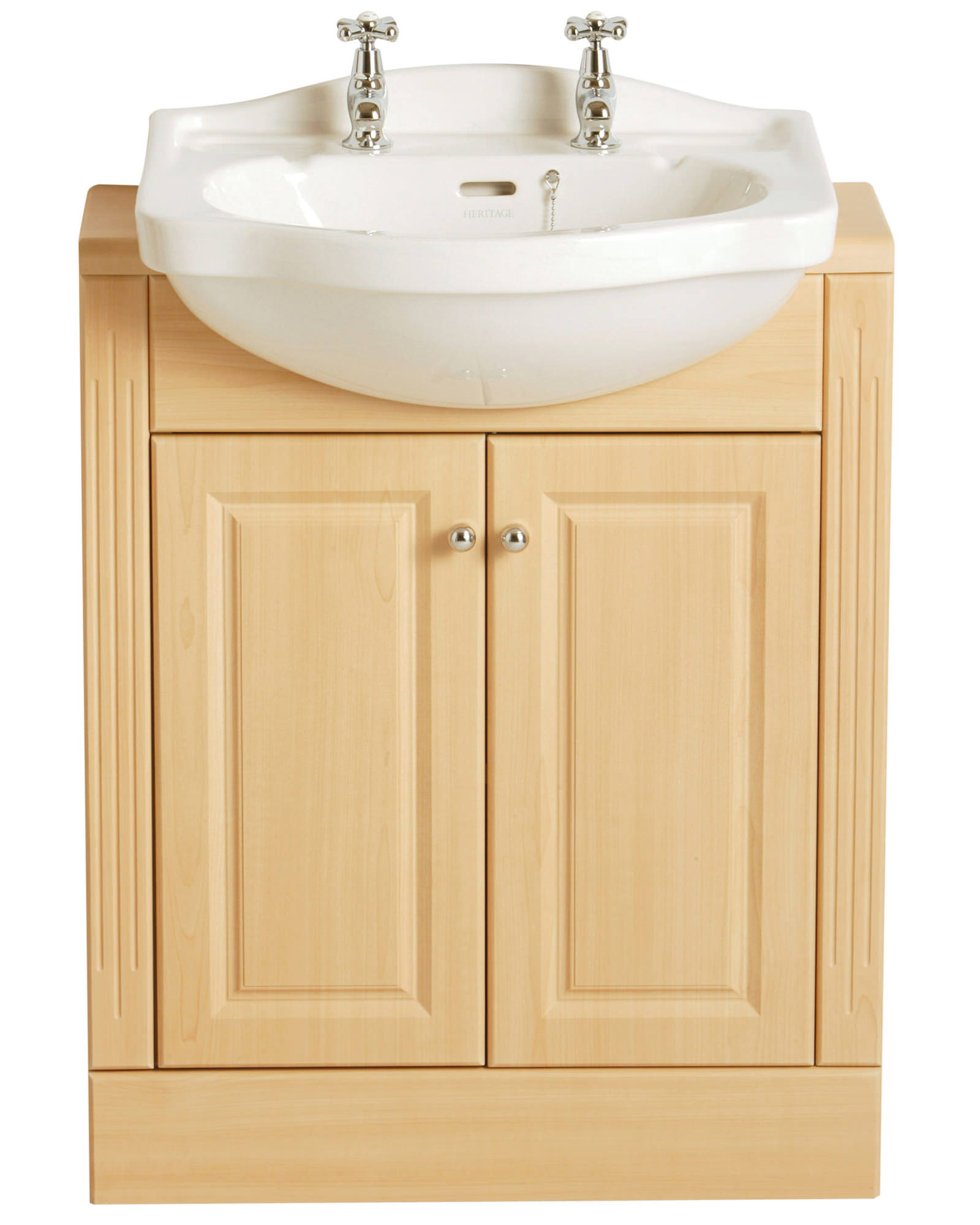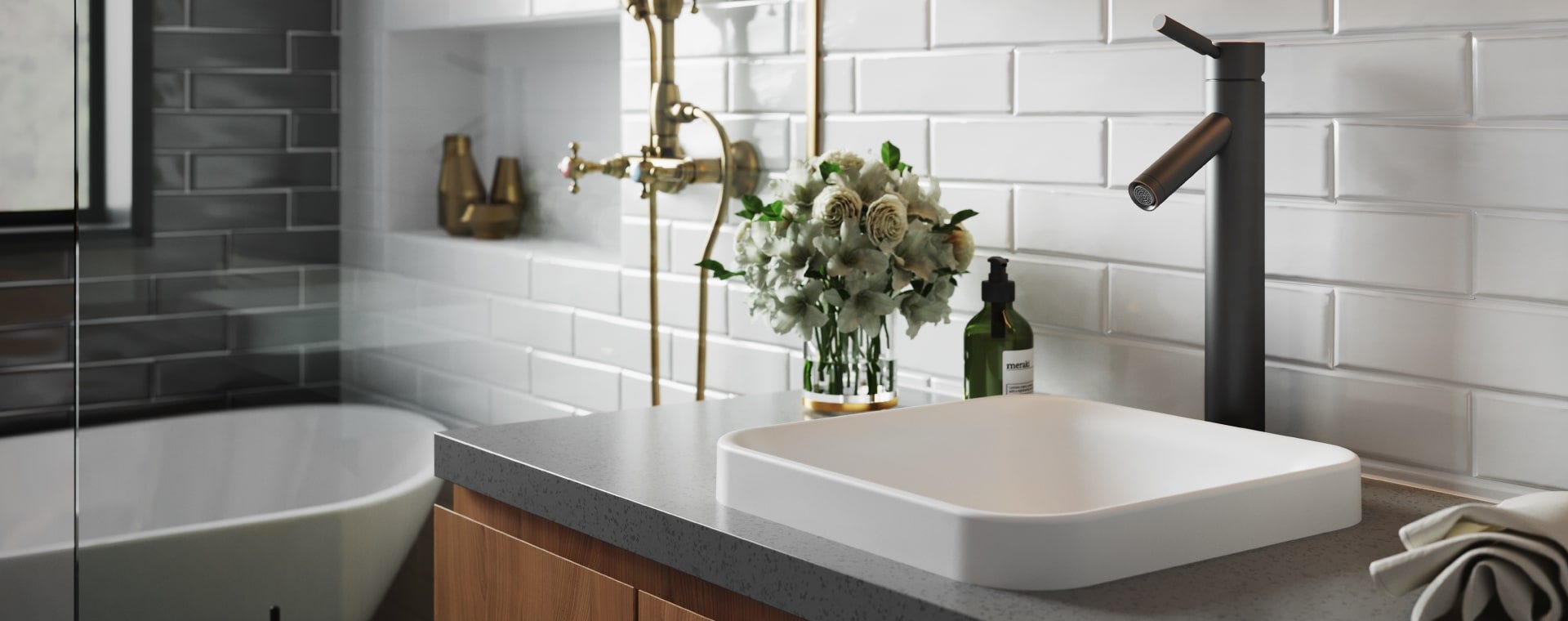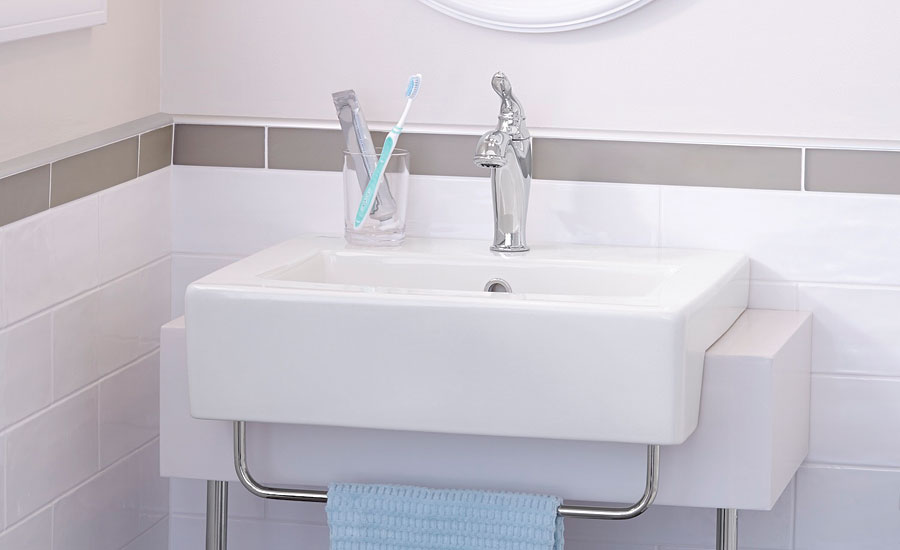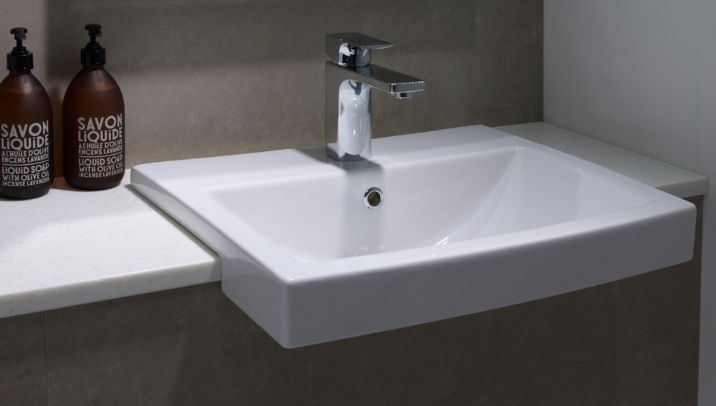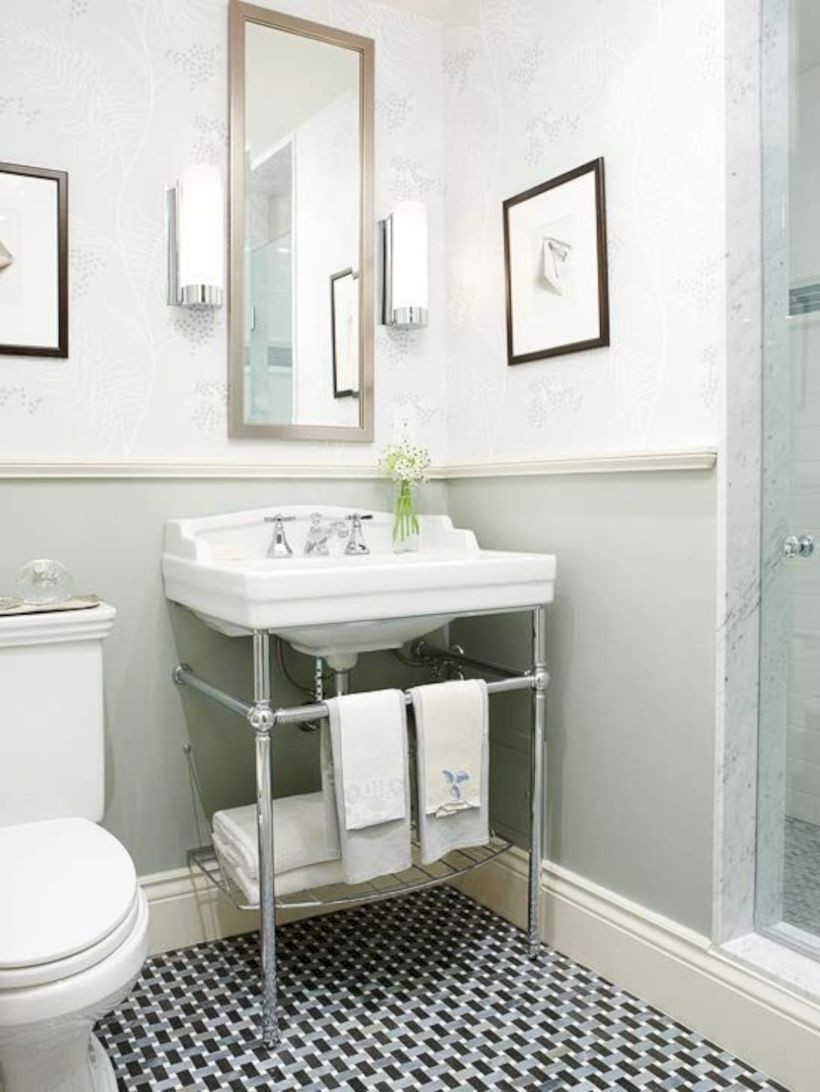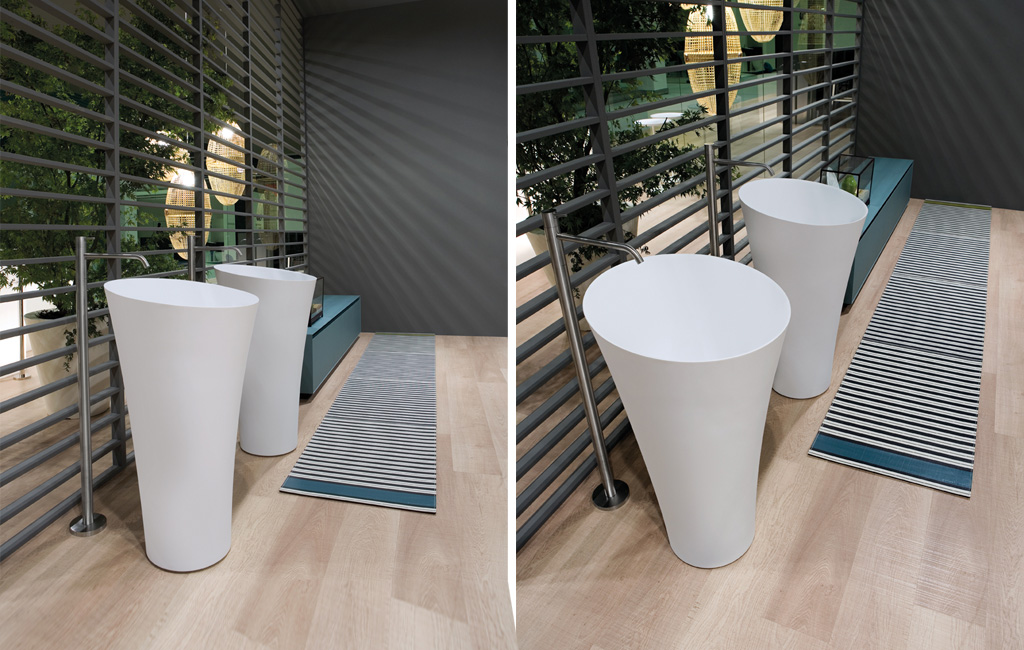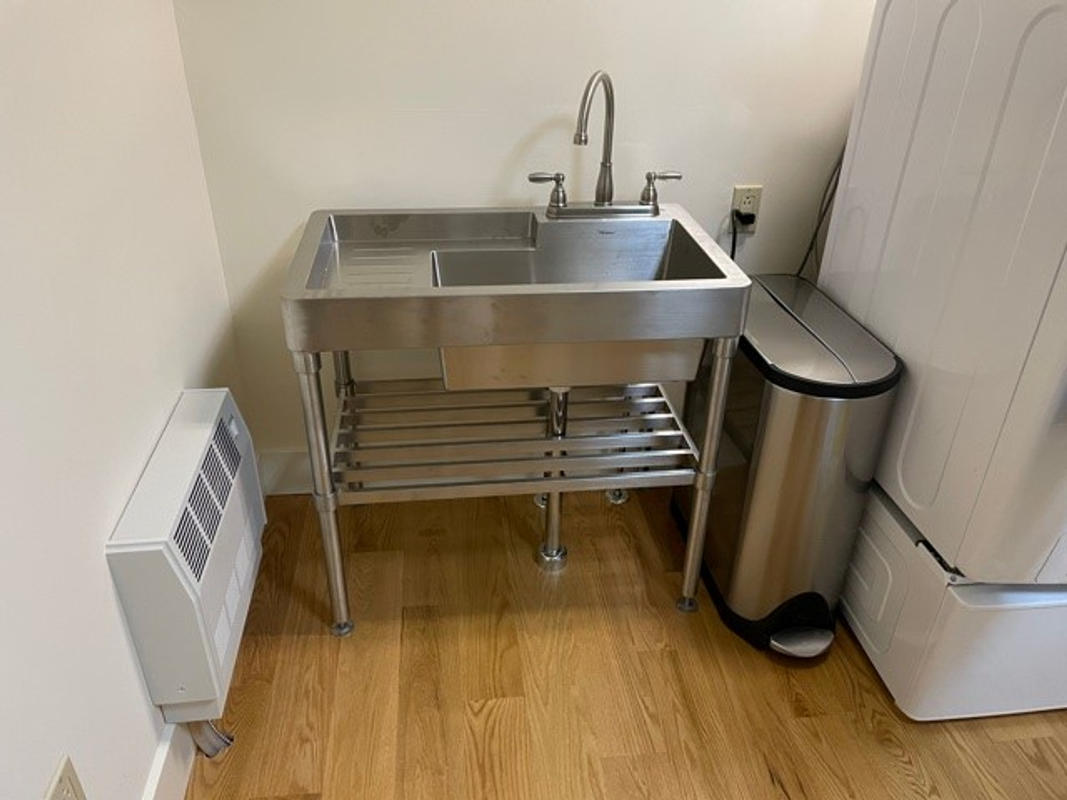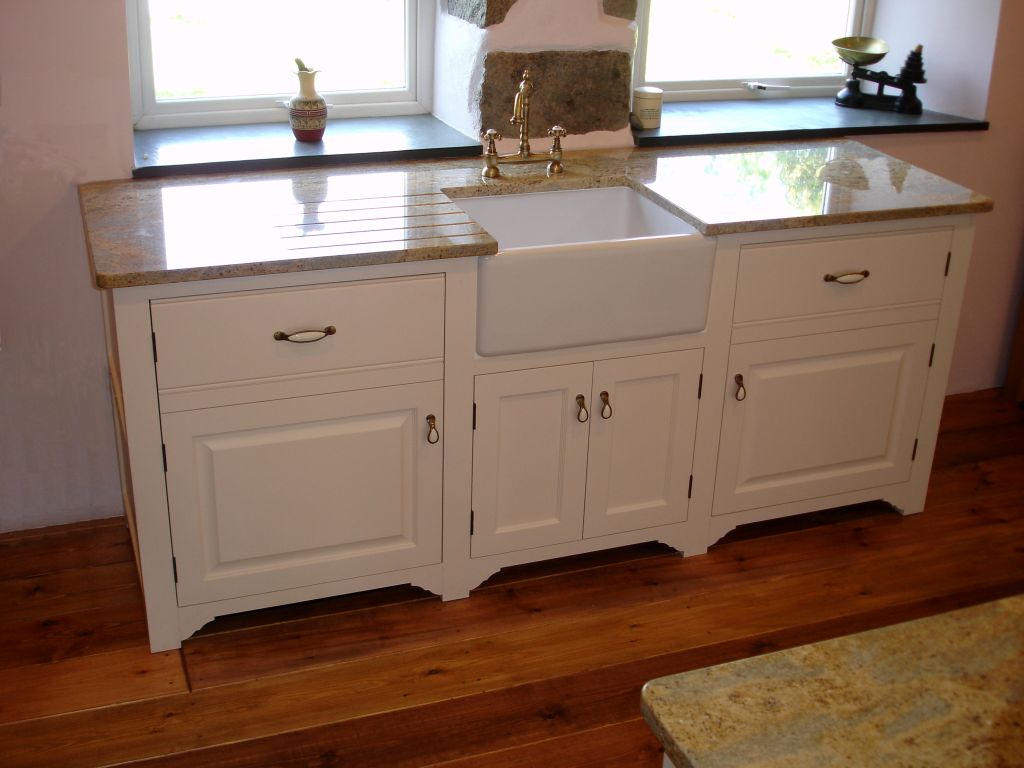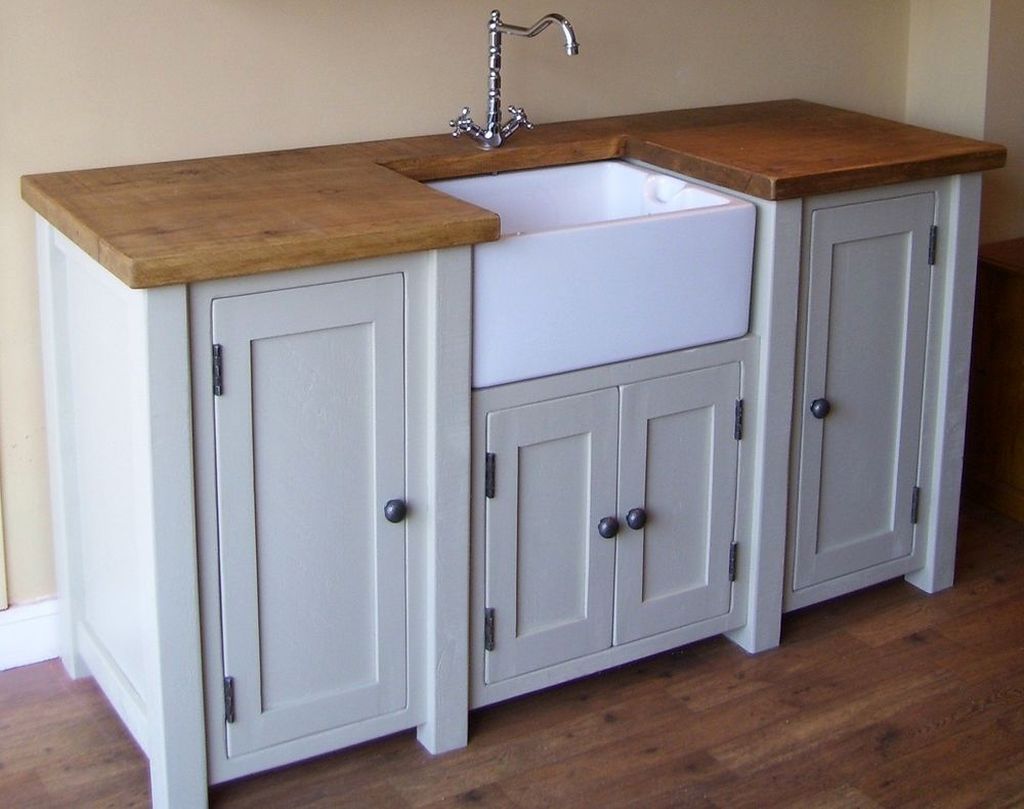If you have limited space in your bathroom, a wall-mounted sink can be the perfect solution. This type of sink is attached directly to the wall, freeing up floor space and creating a clean and modern look. It is also a great option for those with mobility issues, as it allows for easy access underneath the sink. When installing a wall-mounted sink, it is important to consider the height at which it will be placed. The standard height for a sink is 30 inches, but this can be adjusted based on your specific needs. It is also important to ensure that the sink is securely mounted to the wall to avoid any accidents.Wall-mounted sink
An undermount sink is installed underneath the countertop, creating a seamless and sleek look. This type of sink is a popular choice for modern and minimalist bathrooms as it eliminates the rim of the sink, making it easier to clean and maintain. When choosing an undermount sink, it is important to ensure that the countertop material is compatible. Popular options include granite, marble, and quartz. It is also important to consider the depth of the sink to ensure it will fit comfortably with your cabinet space.Undermount sink
A pedestal sink is a classic and elegant choice for a bathroom. It consists of a basin mounted on a pedestal, creating a vintage and traditional look. This type of sink is ideal for smaller bathrooms as it takes up less space and can make the room feel more open. While a pedestal sink may not offer as much storage space as other options, it can add a touch of sophistication to your bathroom. When choosing a pedestal sink, make sure to measure the space carefully to ensure it will fit properly and consider installing a shelf or cabinet nearby for additional storage.Pedestal sink
Vessel sinks sit on top of the countertop, creating a dramatic and eye-catching statement in any bathroom. This type of sink comes in a variety of shapes, sizes, and materials, making it a versatile option for any style of bathroom. When choosing a vessel sink, consider the height of the basin and the height of your countertop to ensure a comfortable and functional fit. It is also important to choose a faucet that is tall enough to accommodate the height of the sink.Vessel sink
A corner sink is a space-saving option that is perfect for small or awkwardly shaped bathrooms. It is designed to fit into the corner of the room, maximizing the available space. This type of sink can also add visual interest to a bathroom and create a unique focal point. When installing a corner sink, make sure to measure the area carefully to ensure a proper fit. It is also important to consider the location of the plumbing and ensure that there is enough room for the pipes and connections.Corner sink
Also known as a drop-in sink, a top-mount sink is a popular and budget-friendly option for bathrooms. It is installed by dropping the sink into a pre-cut hole in the countertop, with the rim of the sink resting on top. This type of sink is available in a variety of sizes, shapes, and materials. When choosing a top-mount sink, make sure to measure the opening in your countertop carefully to ensure a proper fit. It is also important to consider the depth of the sink and how it will fit with your existing plumbing.Top-mount sink
Similar to a wall-mounted sink, a wall-hung sink is also attached directly to the wall. However, it does not have a pedestal or support underneath, giving it a more modern and minimalistic look. This type of sink is also a great option for smaller bathrooms or for those looking to create a more open and spacious feel. When installing a wall-hung sink, make sure to consider the weight of the sink and ensure that it is securely mounted to the wall. It is also important to choose a sink with a deep enough basin to accommodate your needs.Wall-hung sink
A semi-recessed sink is a combination of an undermount and a top-mount sink. It is partially installed into the countertop, leaving the front edge of the sink exposed. This type of sink is a great option for bathrooms with limited counter space and can add a unique and modern touch to the room. When choosing a semi-recessed sink, consider the depth of the basin and how it will fit with your existing plumbing. It is also important to ensure that the counter material is compatible with this type of sink.Semi-recessed sink
A console sink is a freestanding option that is supported by legs or a metal frame. It typically has a large basin and offers plenty of counter space, making it a great option for shared bathrooms or those in need of additional storage. This type of sink is also available in a variety of styles, making it a versatile choice for any bathroom. When choosing a console sink, consider the style and material of the legs or frame to ensure it fits with the overall aesthetic of your bathroom. It is also important to measure the space carefully to ensure a proper fit.Console sink
A freestanding sink is a popular choice for those looking for a unique and modern look in their bathroom. It is not attached to the wall or the floor, giving it a floating appearance. This type of sink also offers plenty of storage space underneath, making it a practical choice for larger bathrooms. When choosing a freestanding sink, consider the size and weight of the sink and ensure that your floor can support it. It is also important to choose a sink with a deep enough basin to accommodate your needs and style preferences.Freestanding sink
The Best Position for a Bathroom Sink Drain: A Crucial Design Decision

The Importance of Proper Drain Placement
 When designing or renovating a bathroom, one of the most important decisions to make is where to place the sink drain. While it may seem like a small detail, the position of the drain can greatly impact the functionality and aesthetics of the space. Choosing the best location for the sink drain involves considering various factors such as plumbing layout, overall bathroom design, and personal preferences. In this article, we will discuss the best position for a bathroom sink drain and why it matters.
When designing or renovating a bathroom, one of the most important decisions to make is where to place the sink drain. While it may seem like a small detail, the position of the drain can greatly impact the functionality and aesthetics of the space. Choosing the best location for the sink drain involves considering various factors such as plumbing layout, overall bathroom design, and personal preferences. In this article, we will discuss the best position for a bathroom sink drain and why it matters.
Factors to Consider
 Before determining the best position for your bathroom sink drain, it is essential to understand the different factors that can influence your decision. These include:
Plumbing Layout:
The location of your plumbing lines will play a significant role in determining the placement of your sink drain. If your plumbing is already in place, you may have limited options for drain placement. However, if you are starting from scratch, you have more flexibility in choosing the best location for your drain.
Bathroom Design:
The overall design of your bathroom will also impact the placement of your sink drain. For example, if you have a small bathroom, you may want to place the drain closer to the wall to maximize space. On the other hand, if you have a spacious bathroom, you can consider placing the drain in the center of the vanity for a more symmetrical look.
Personal Preferences:
Ultimately, the best position for your sink drain will depend on your personal preferences and needs. For example, if you have a specific sink style in mind, such as an undermount or vessel sink, you will need to consider how the drain placement will affect the installation and functionality of the sink.
Before determining the best position for your bathroom sink drain, it is essential to understand the different factors that can influence your decision. These include:
Plumbing Layout:
The location of your plumbing lines will play a significant role in determining the placement of your sink drain. If your plumbing is already in place, you may have limited options for drain placement. However, if you are starting from scratch, you have more flexibility in choosing the best location for your drain.
Bathroom Design:
The overall design of your bathroom will also impact the placement of your sink drain. For example, if you have a small bathroom, you may want to place the drain closer to the wall to maximize space. On the other hand, if you have a spacious bathroom, you can consider placing the drain in the center of the vanity for a more symmetrical look.
Personal Preferences:
Ultimately, the best position for your sink drain will depend on your personal preferences and needs. For example, if you have a specific sink style in mind, such as an undermount or vessel sink, you will need to consider how the drain placement will affect the installation and functionality of the sink.
The Ideal Position for a Bathroom Sink Drain
 After considering the various factors, the ideal position for a bathroom sink drain is typically centered on or slightly to the back of the sink. This placement allows for efficient water drainage and minimizes the risk of water splashing onto the countertop. It also provides enough space for a standard P-trap and allows for easy access in case of clogs or repairs.
Another important factor to consider is the height of the sink drain. Ideally, the drain should be placed 20-24 inches above the finished floor. This height allows for comfortable use of the sink and also ensures that there is enough space for the plumbing lines below.
After considering the various factors, the ideal position for a bathroom sink drain is typically centered on or slightly to the back of the sink. This placement allows for efficient water drainage and minimizes the risk of water splashing onto the countertop. It also provides enough space for a standard P-trap and allows for easy access in case of clogs or repairs.
Another important factor to consider is the height of the sink drain. Ideally, the drain should be placed 20-24 inches above the finished floor. This height allows for comfortable use of the sink and also ensures that there is enough space for the plumbing lines below.
Final Thoughts
 In conclusion, the position of your bathroom sink drain is a crucial design decision that can greatly impact the functionality and aesthetics of your space. By considering factors such as plumbing layout, bathroom design, and personal preferences, you can determine the best location for your sink drain. Remember to also consider the height of the drain for optimal functionality. With careful planning and consideration, you can create a bathroom with a well-placed sink drain that meets both your practical and aesthetic needs.
In conclusion, the position of your bathroom sink drain is a crucial design decision that can greatly impact the functionality and aesthetics of your space. By considering factors such as plumbing layout, bathroom design, and personal preferences, you can determine the best location for your sink drain. Remember to also consider the height of the drain for optimal functionality. With careful planning and consideration, you can create a bathroom with a well-placed sink drain that meets both your practical and aesthetic needs.


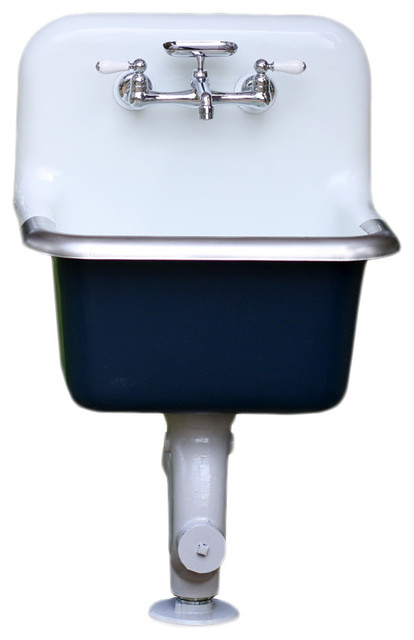
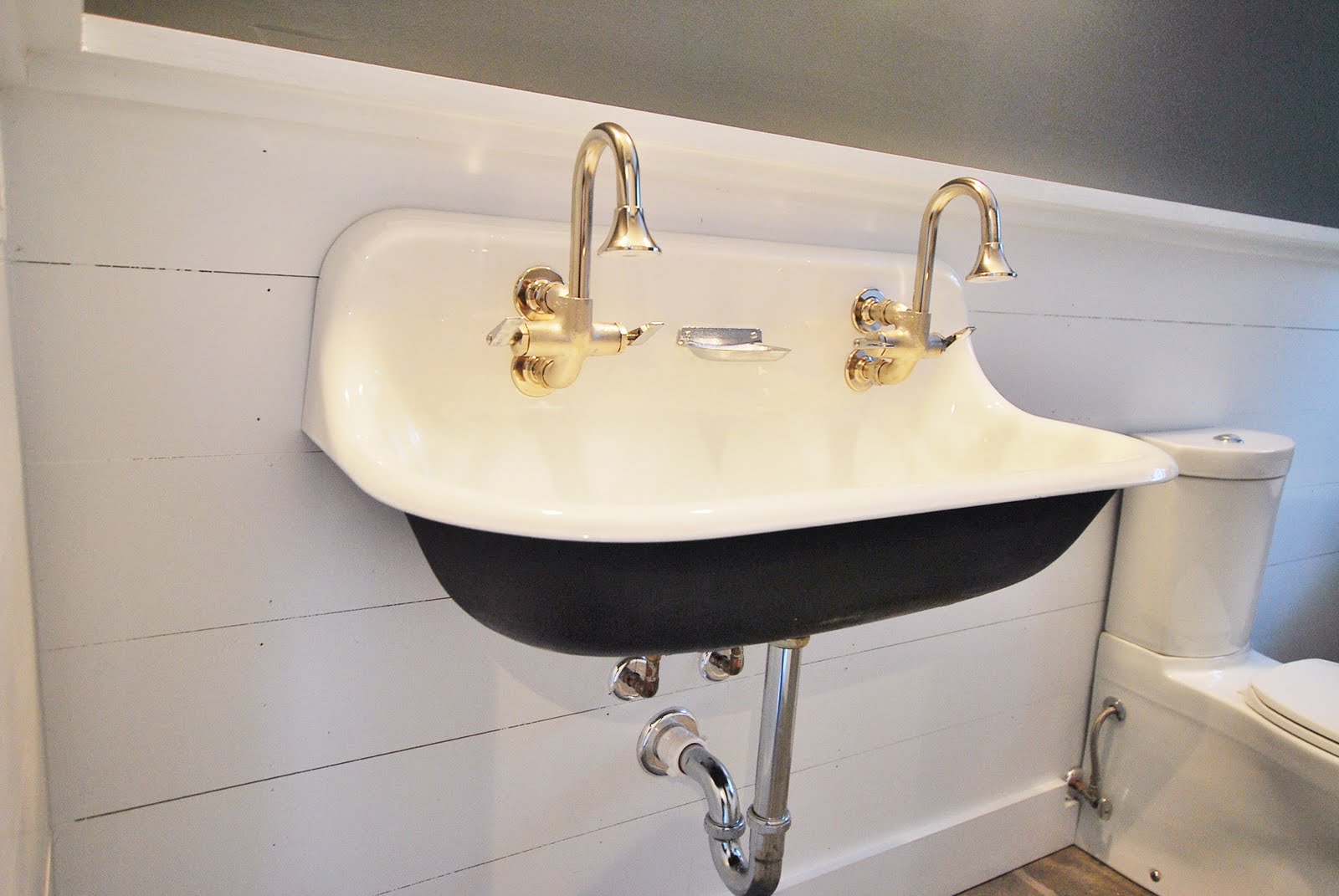

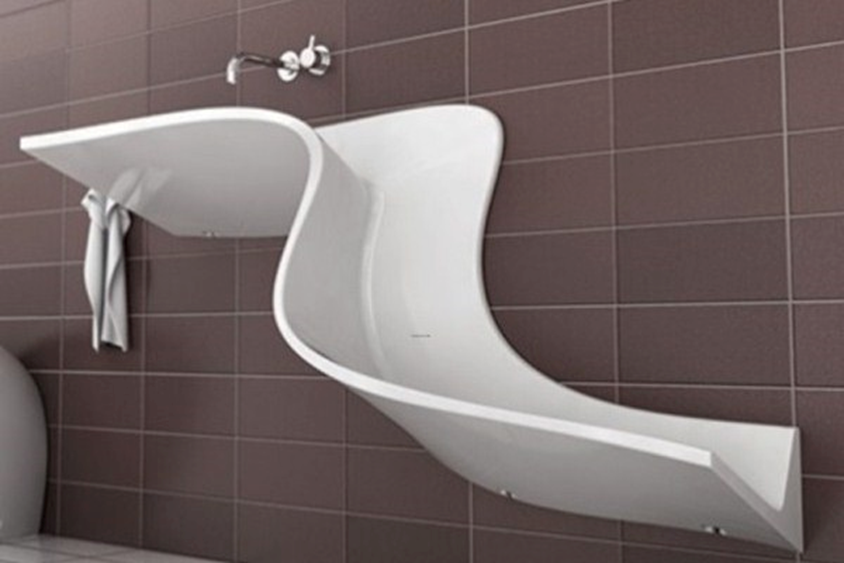

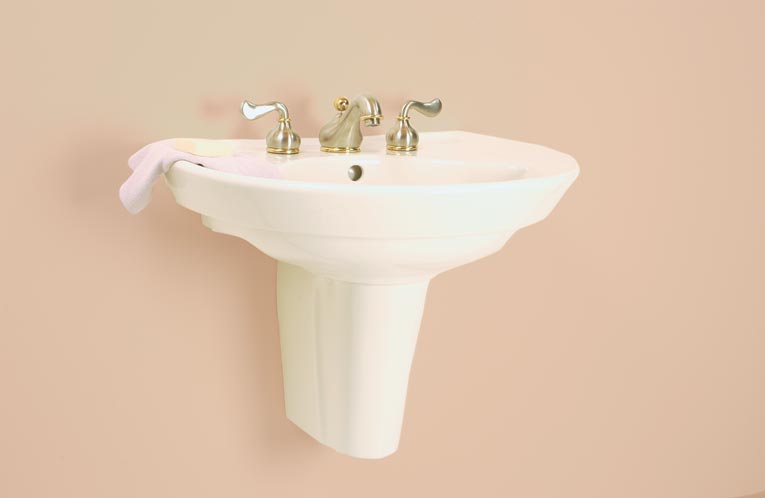


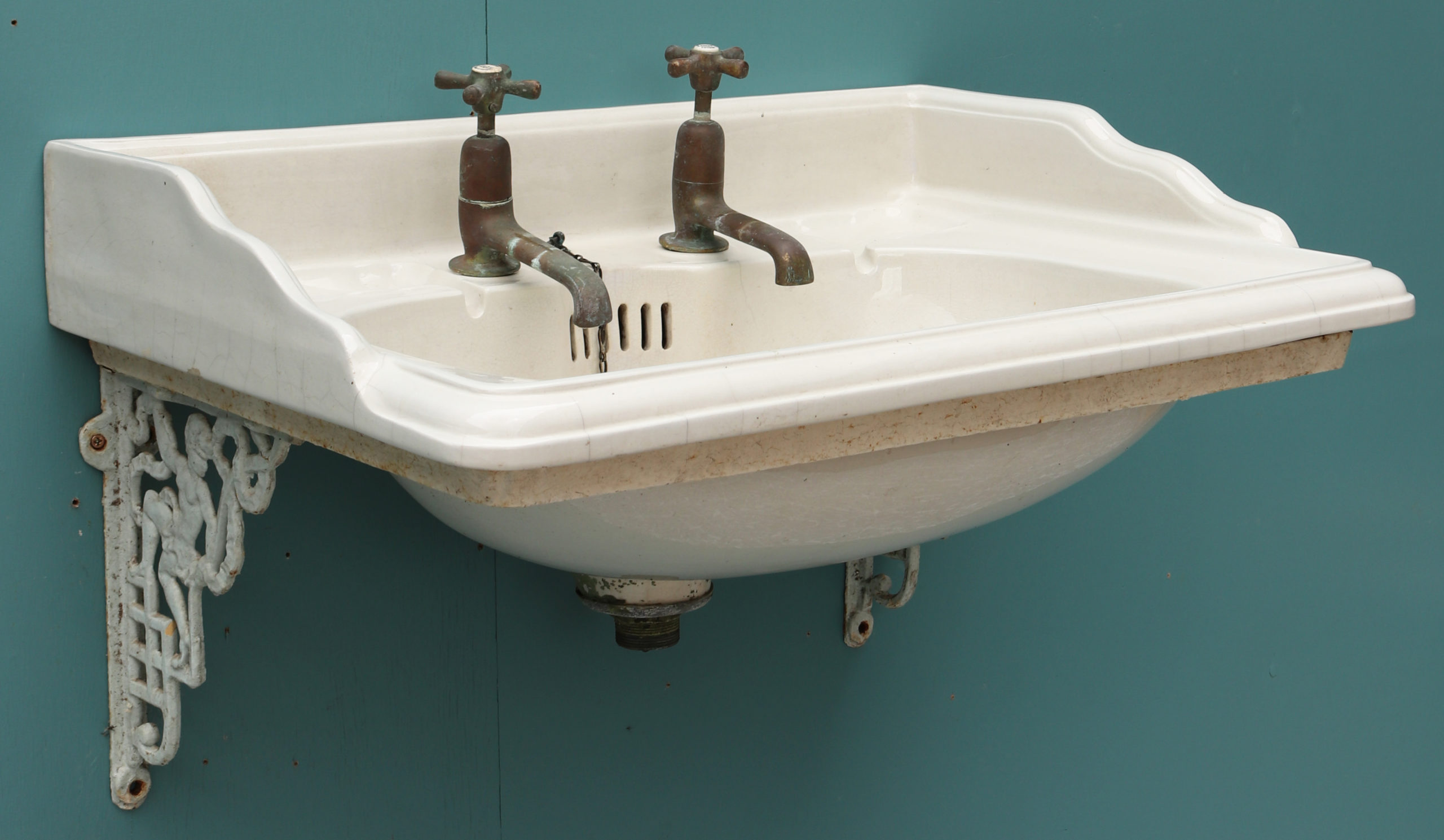
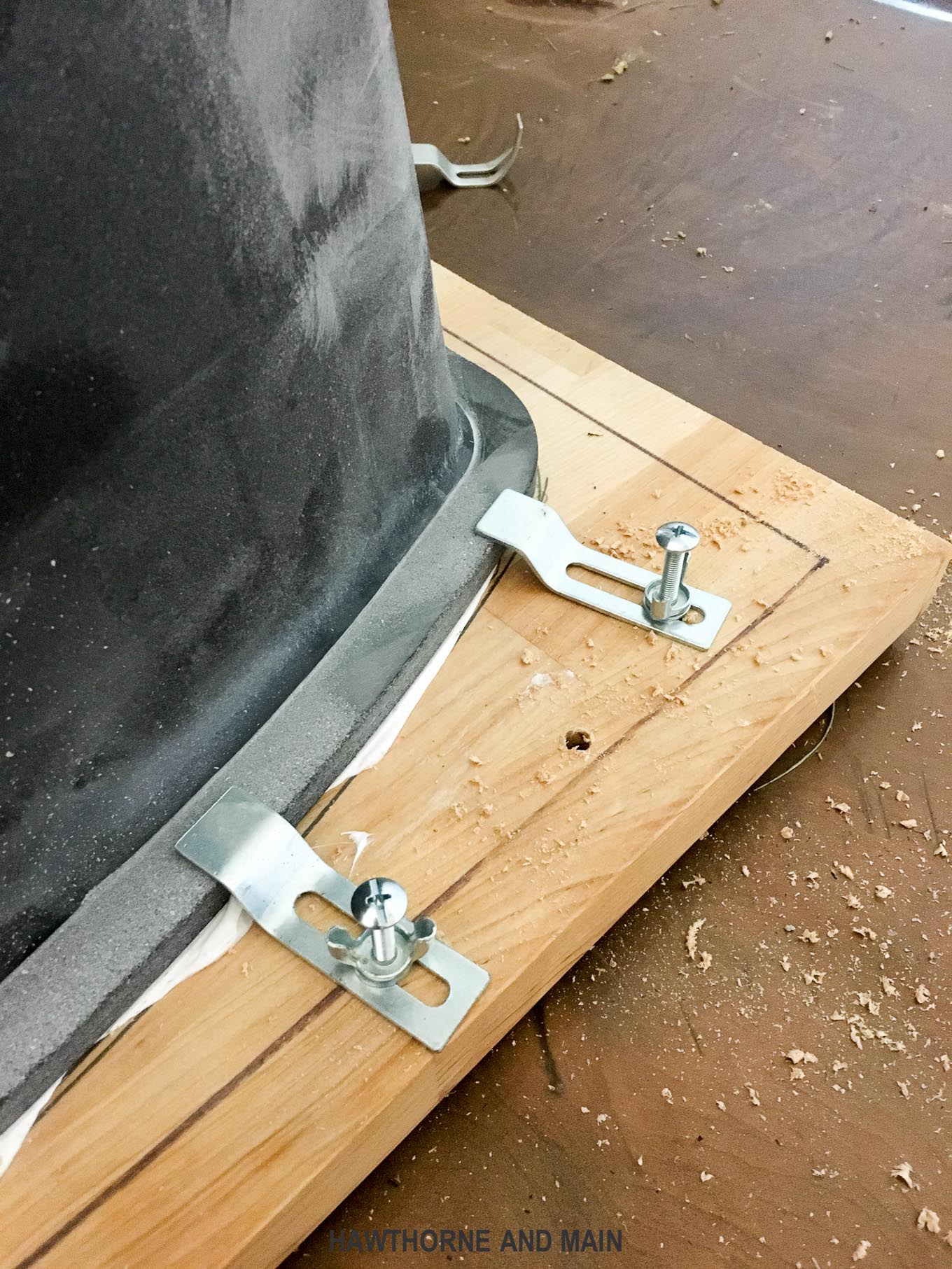


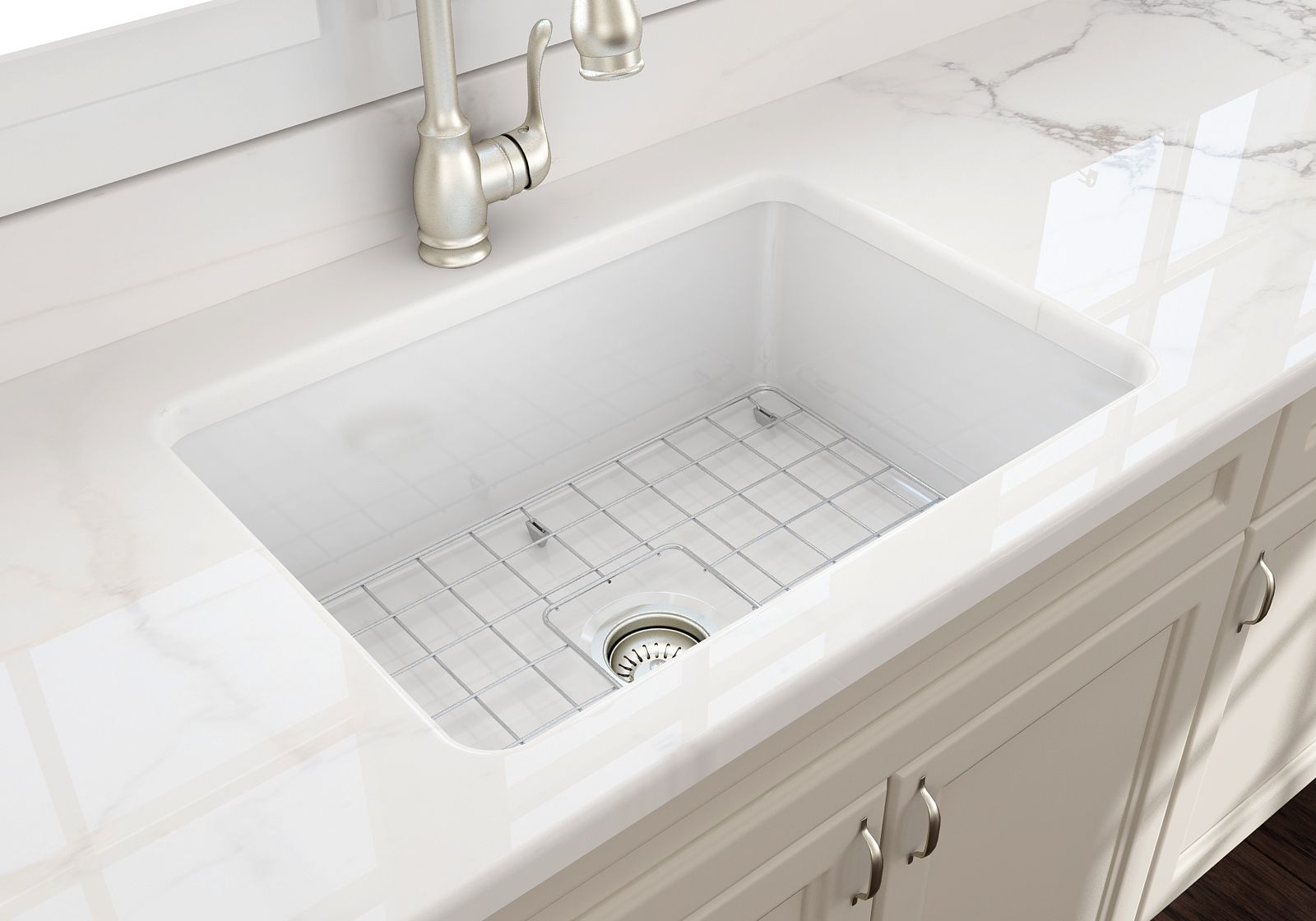

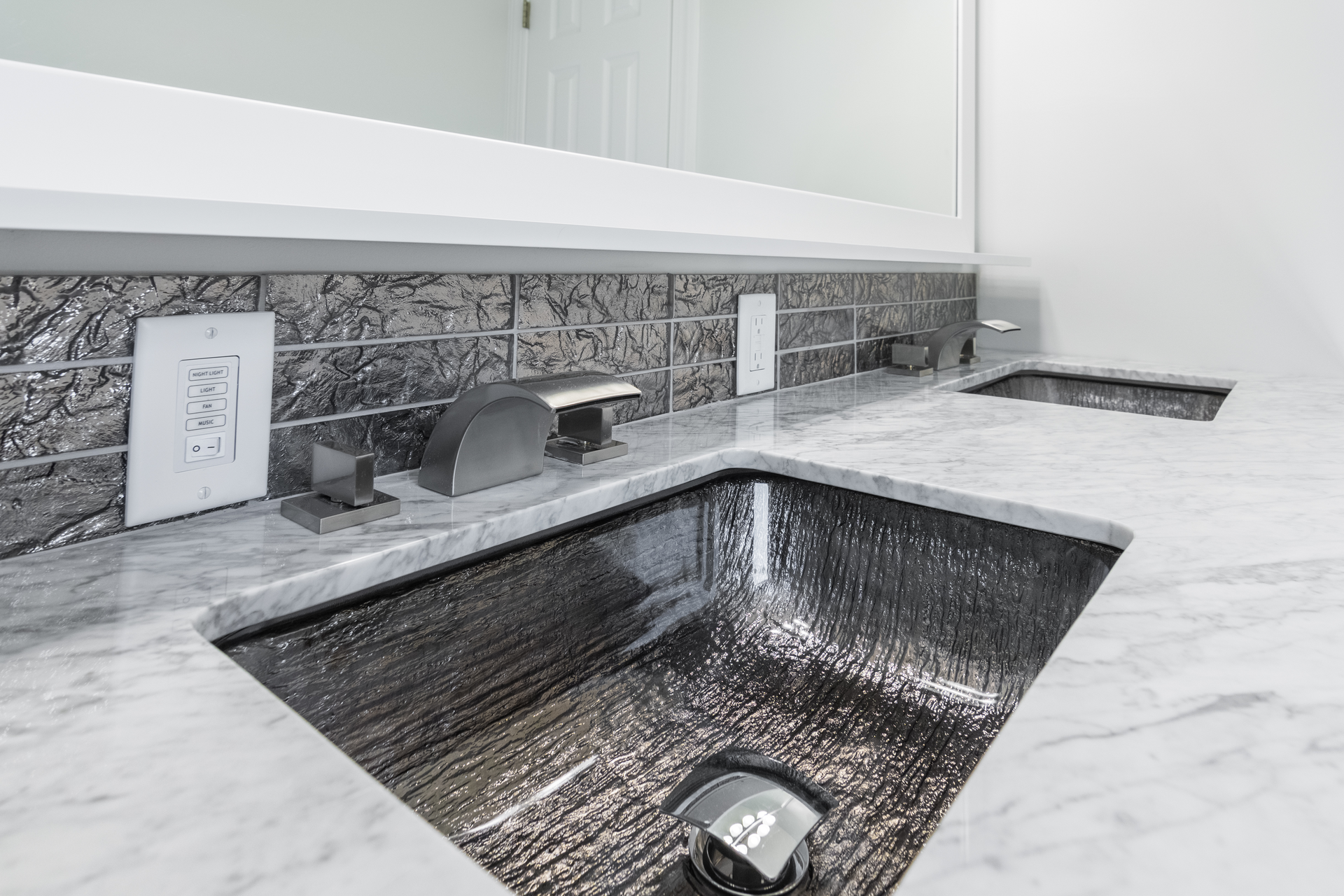
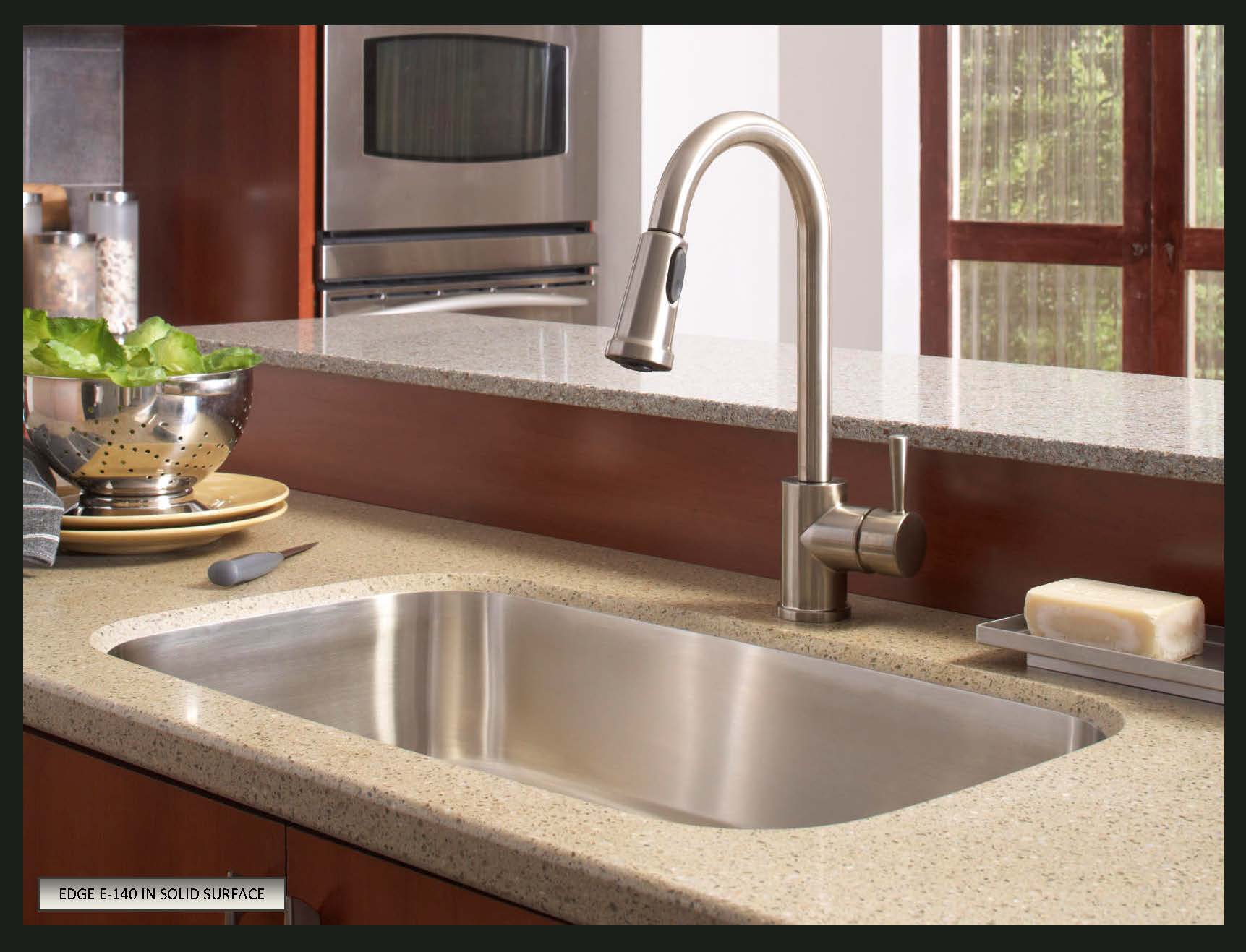


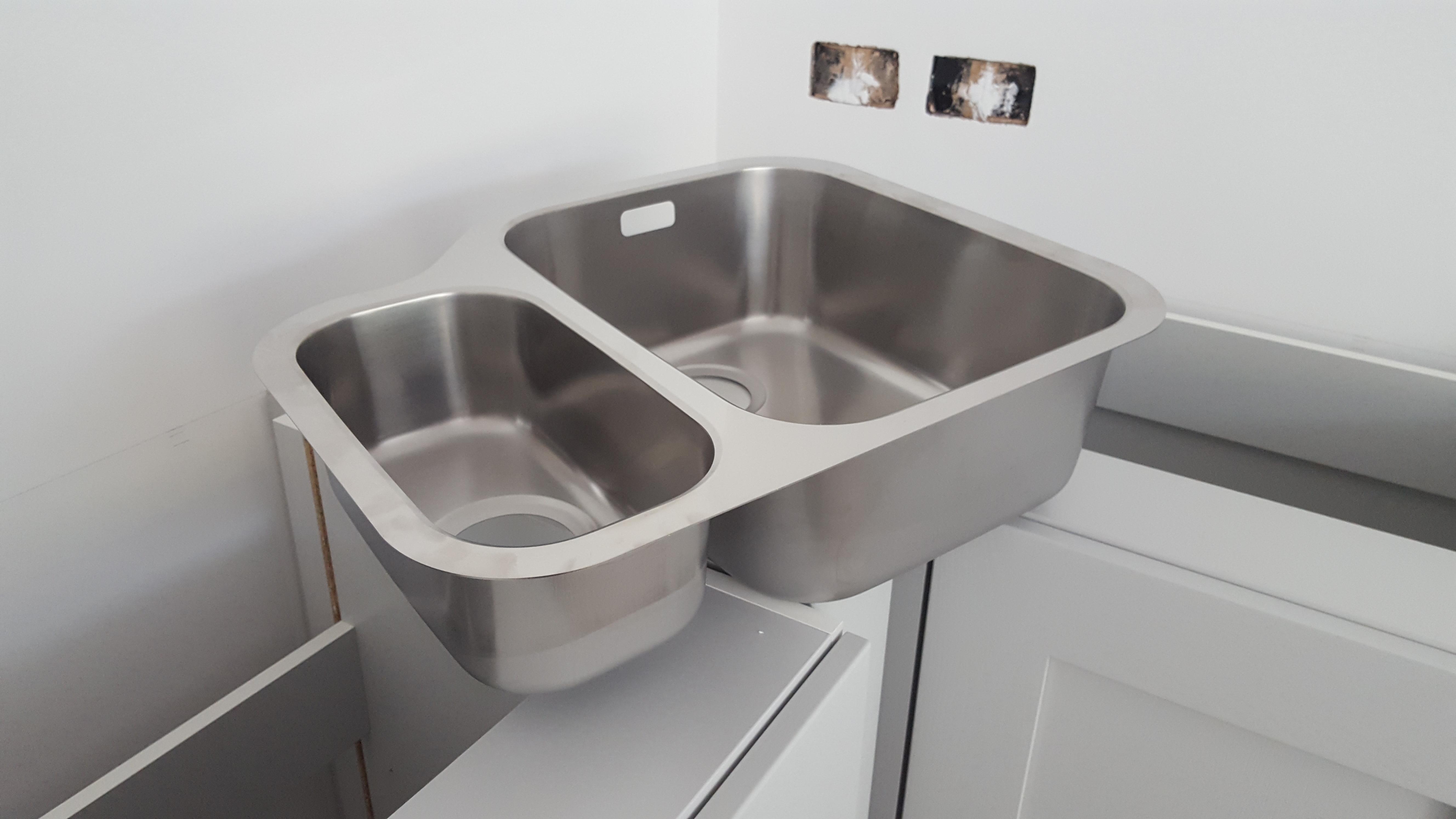





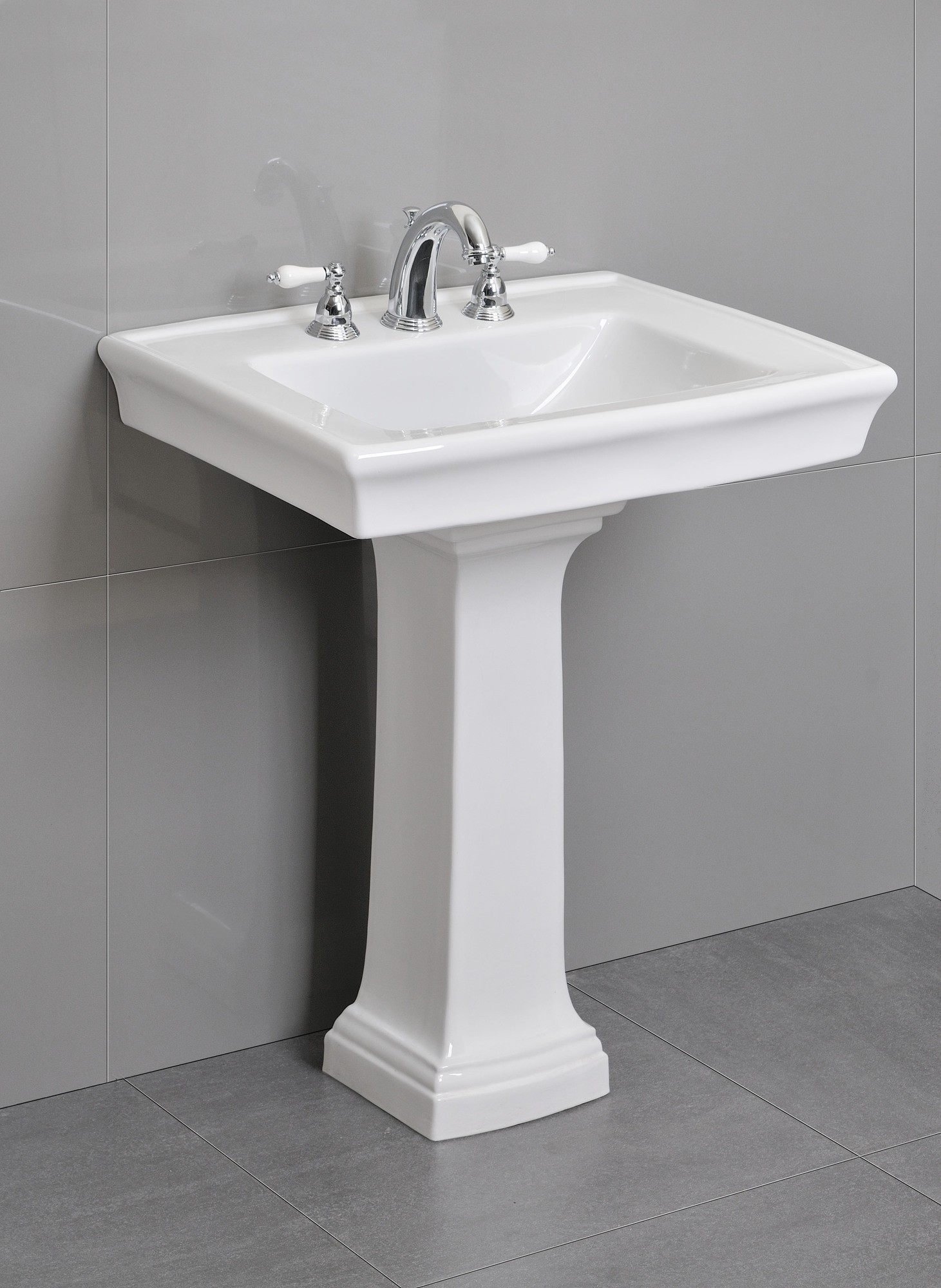
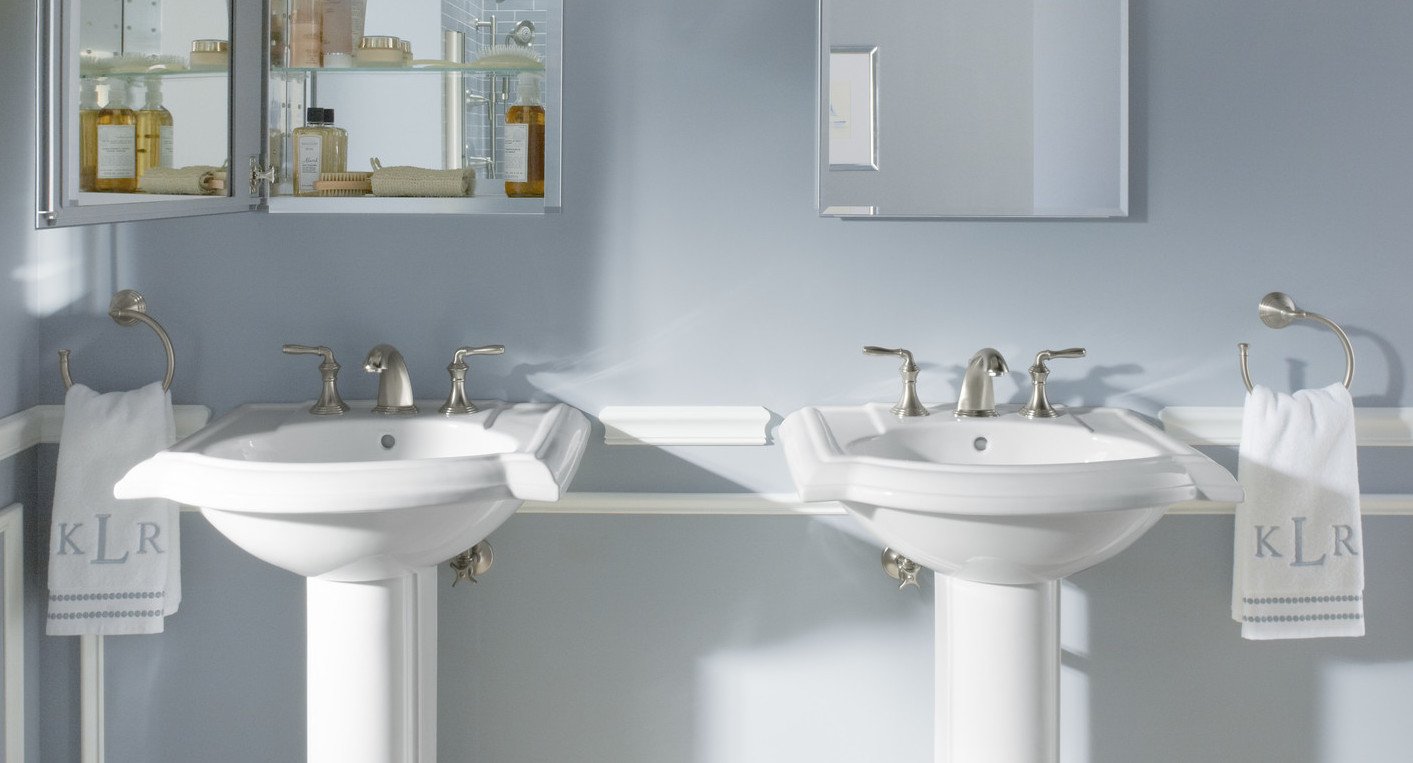
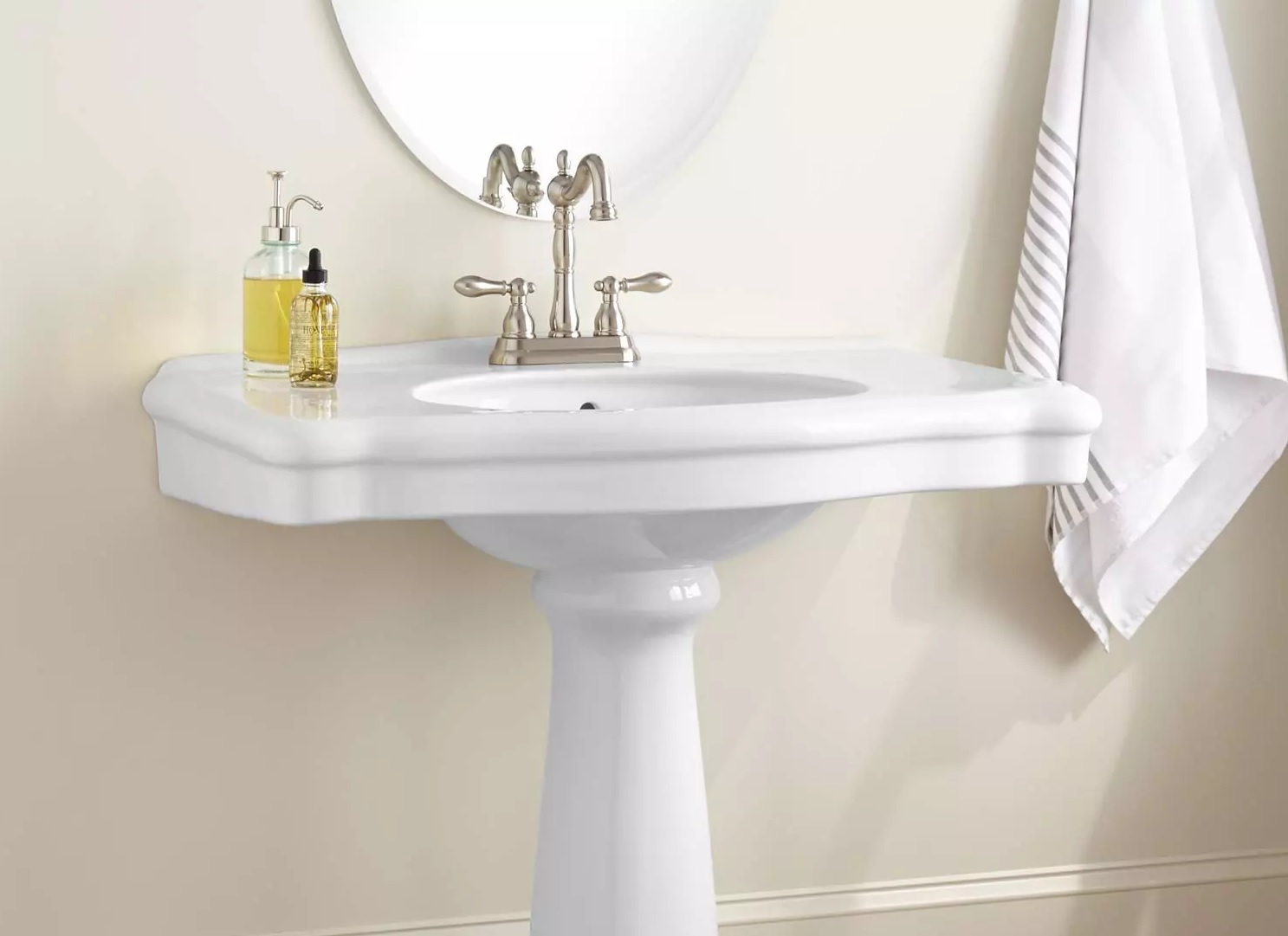
/Pedestal-Sink-184112687-56a4a0eb3df78cf77283522e.jpg)
:max_bytes(150000):strip_icc()/Bathroompedestalsink-GettyImages-1163655799-1cdc1e798bb44ff488e565243d061c9a.jpg)



